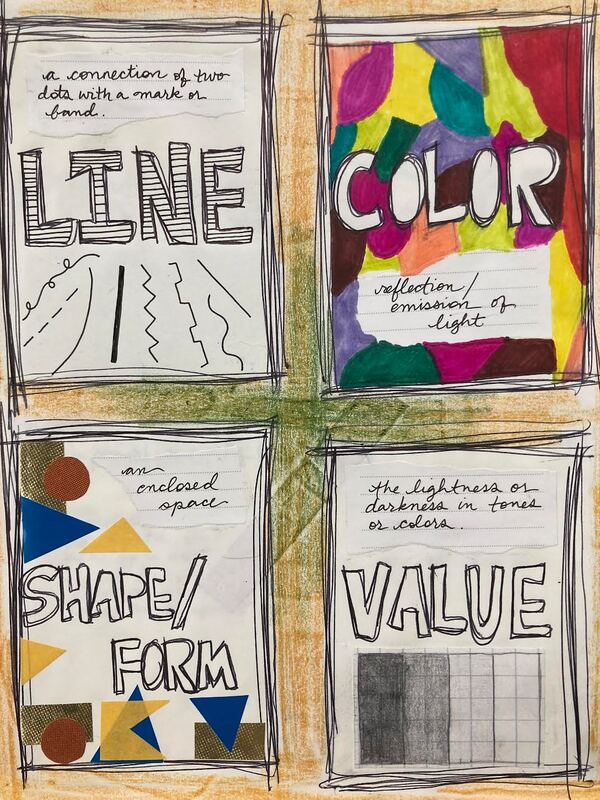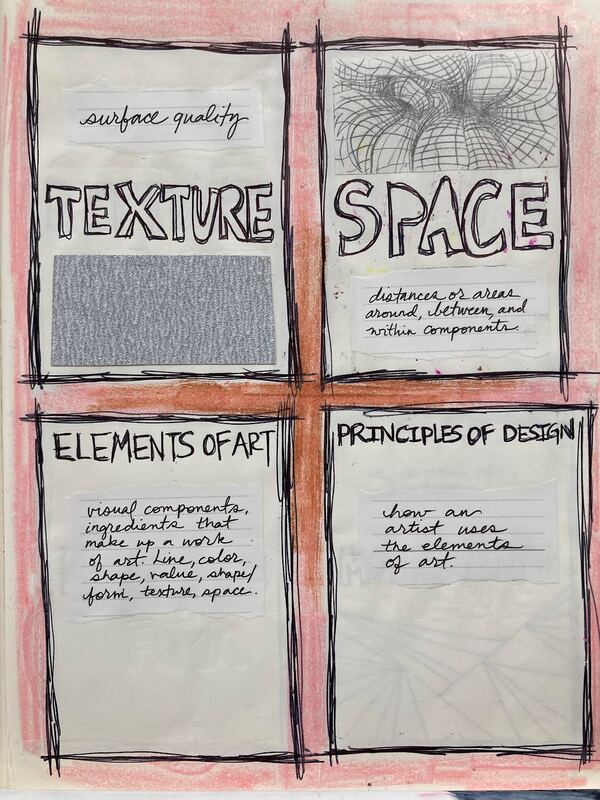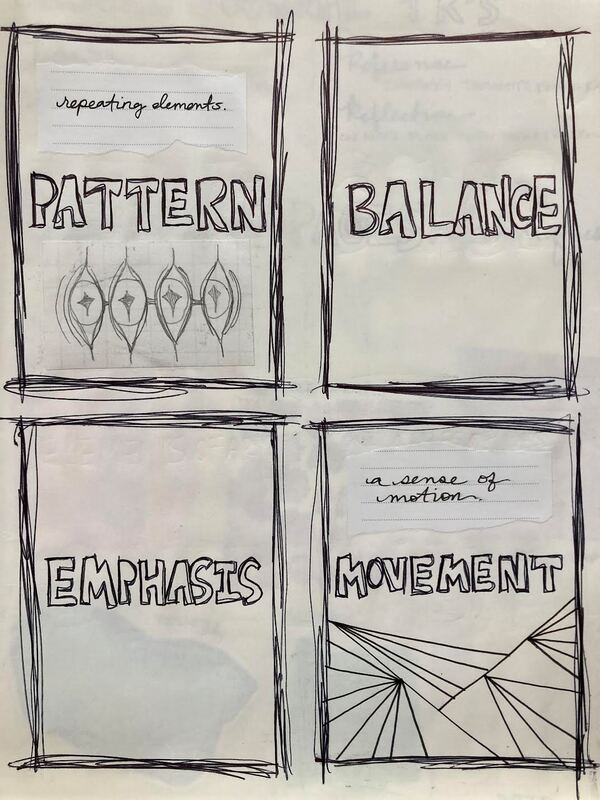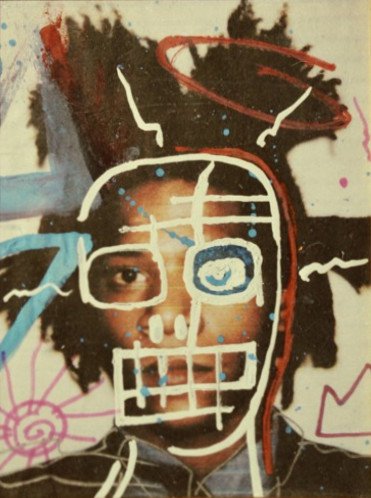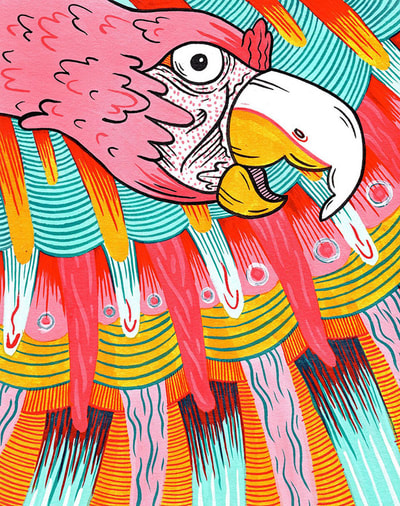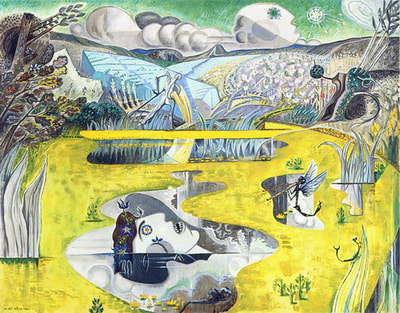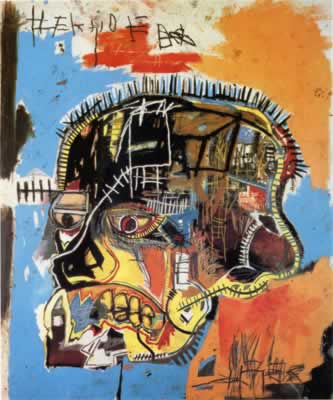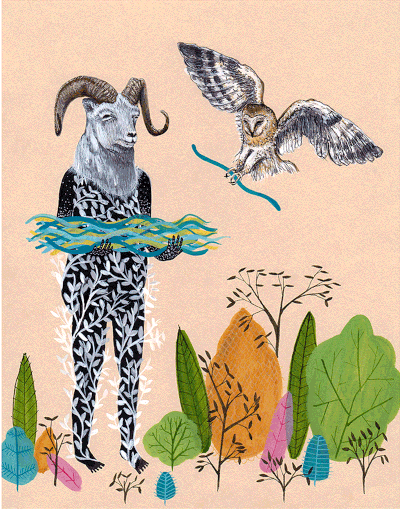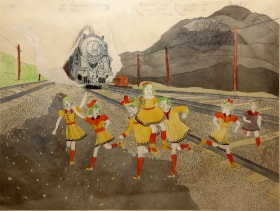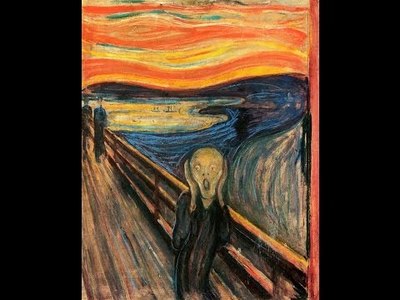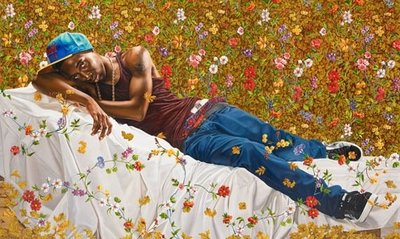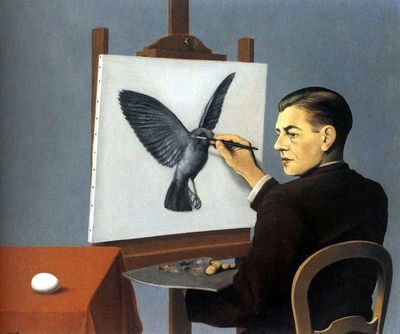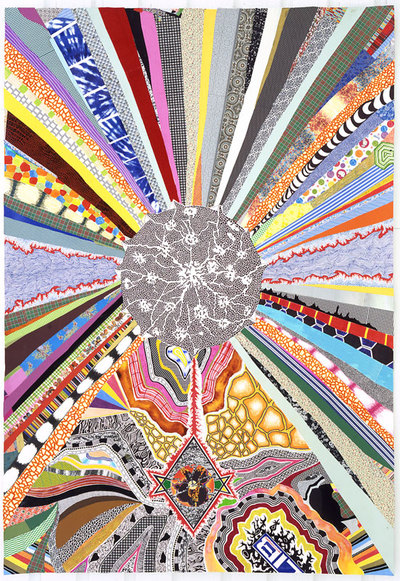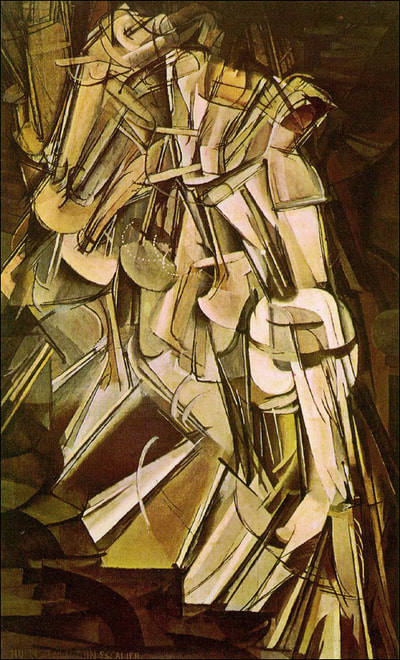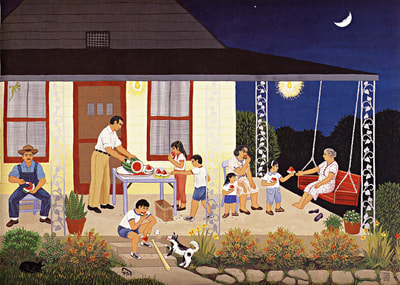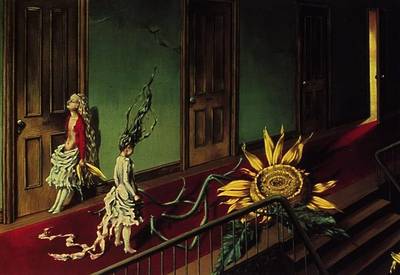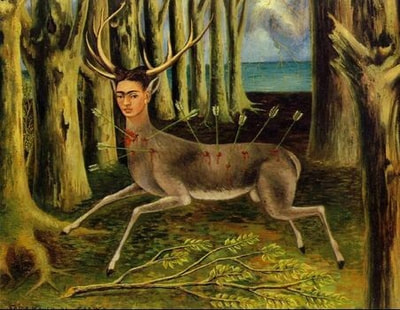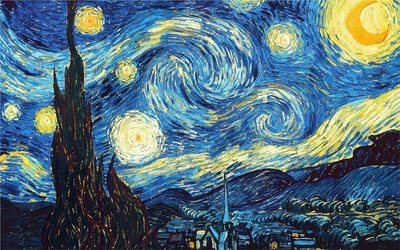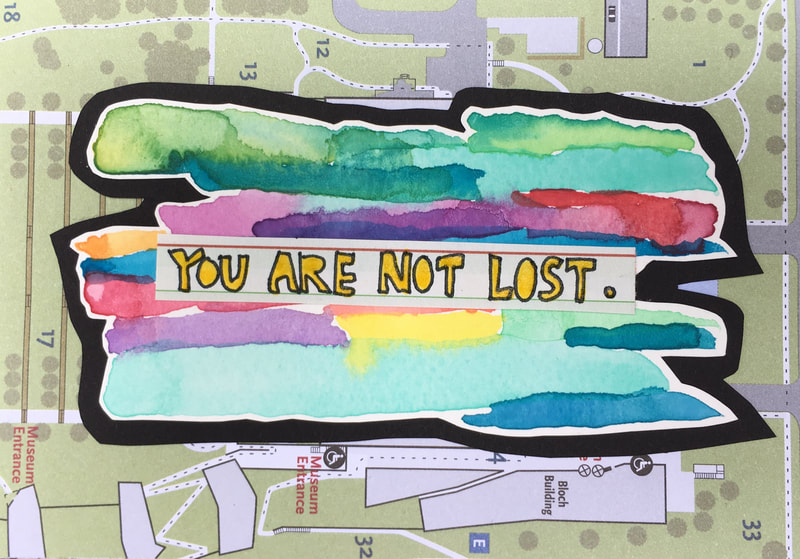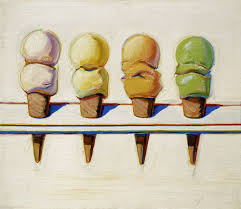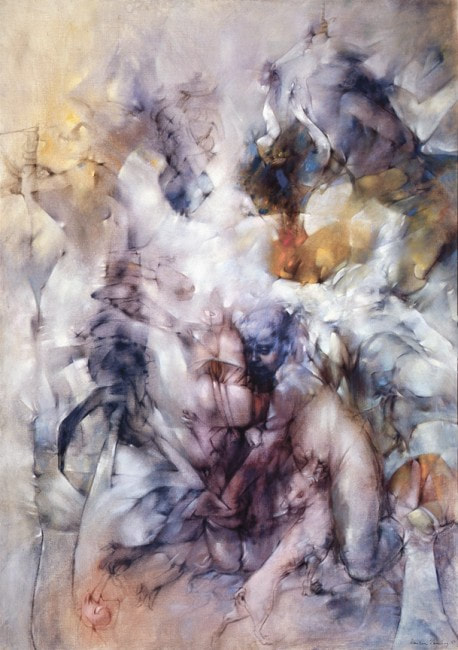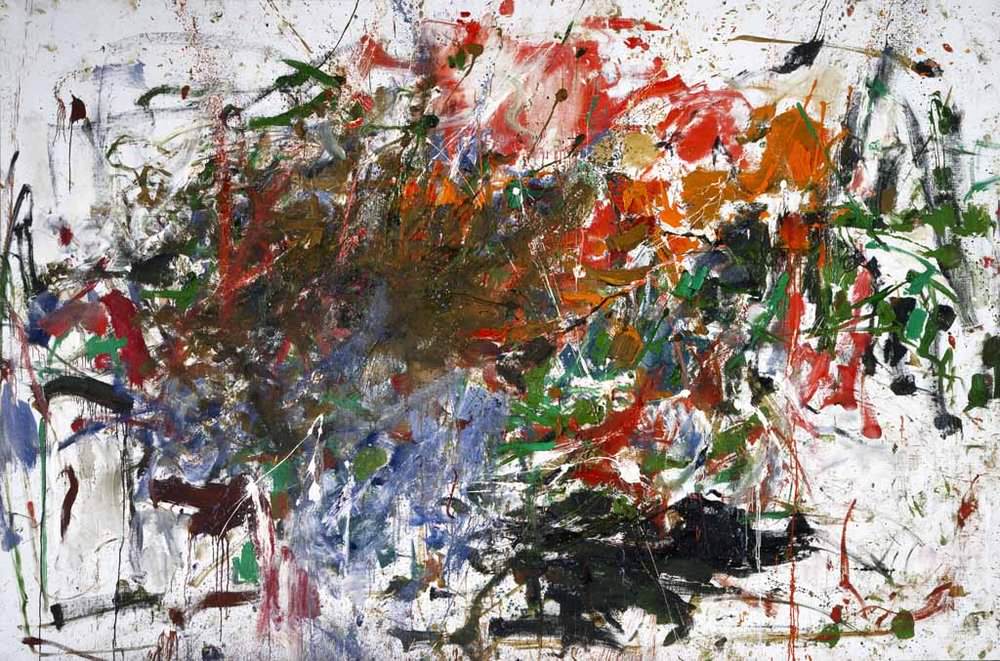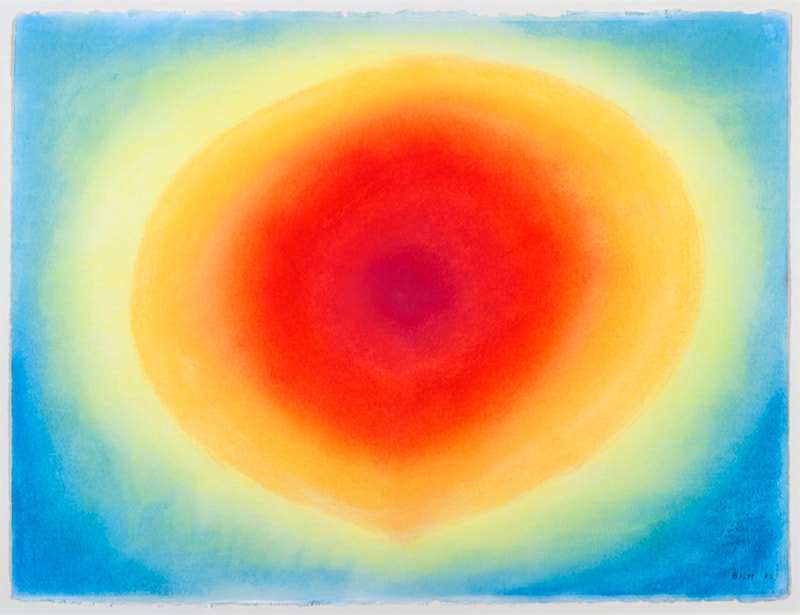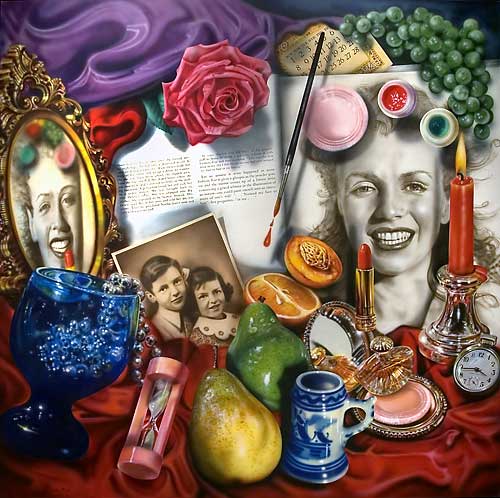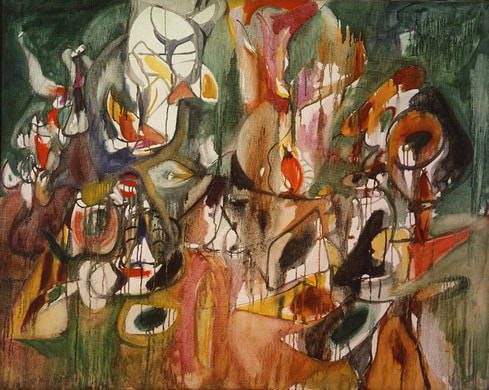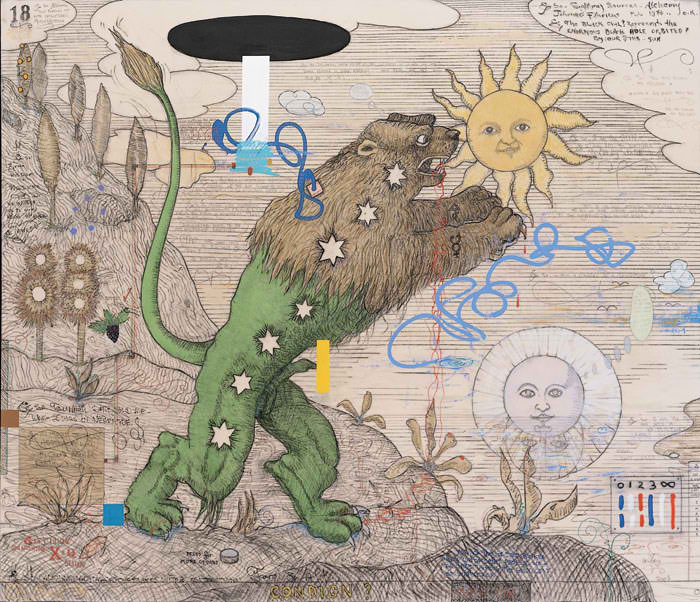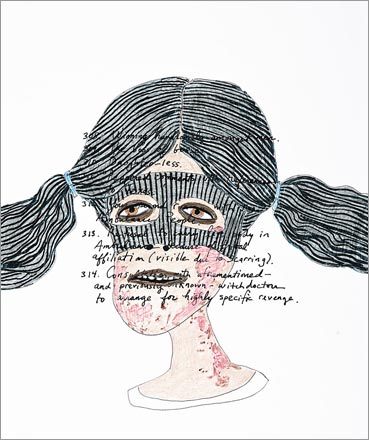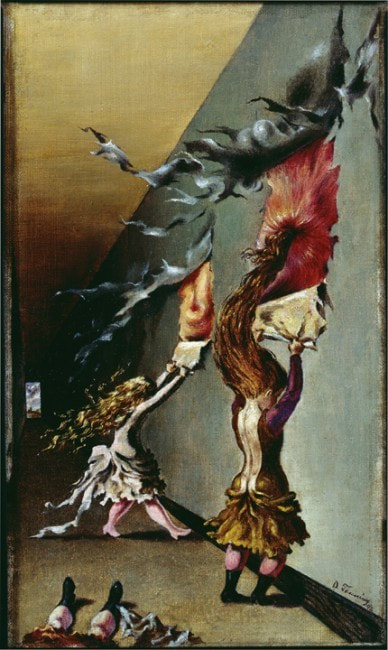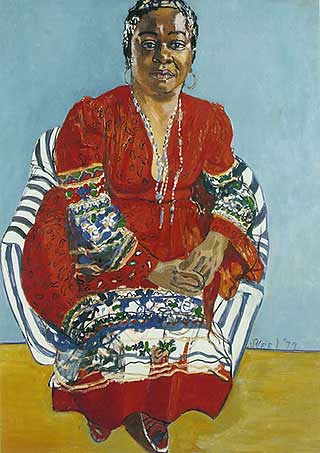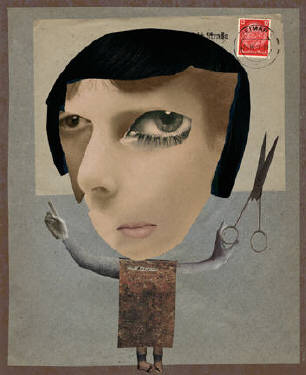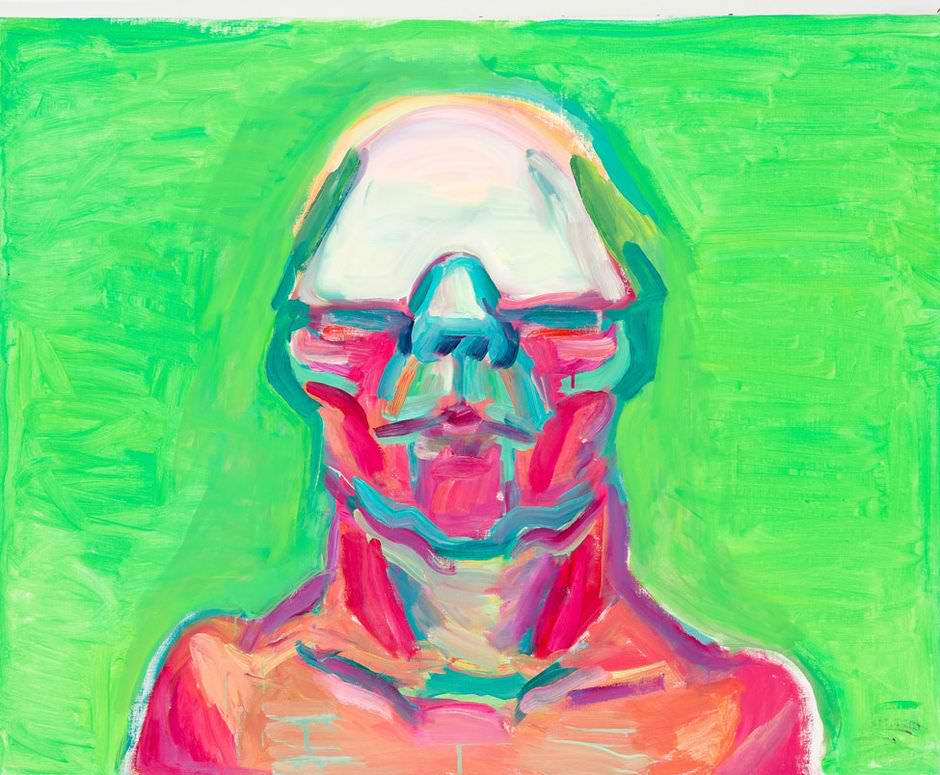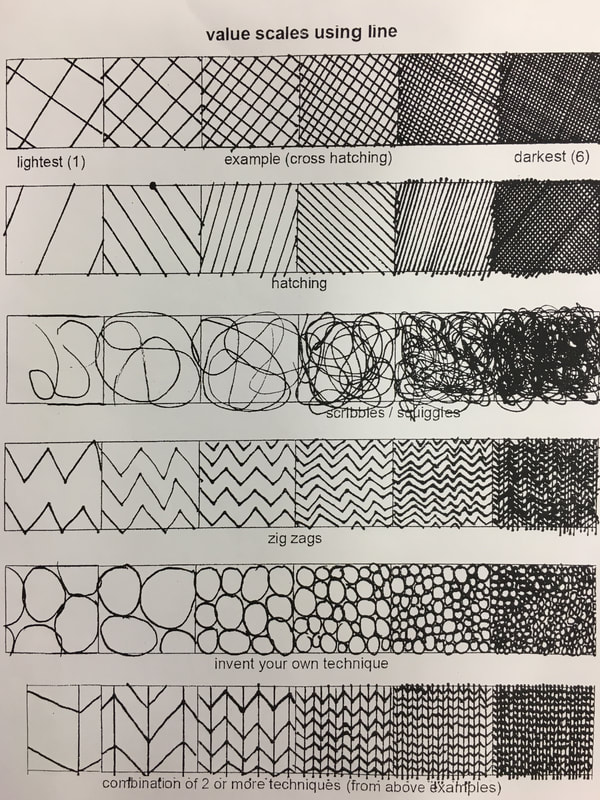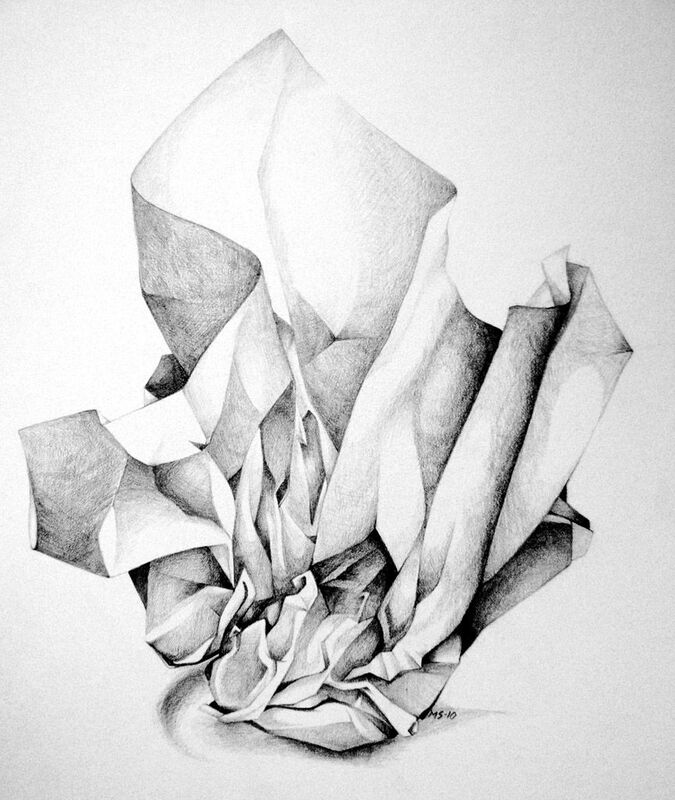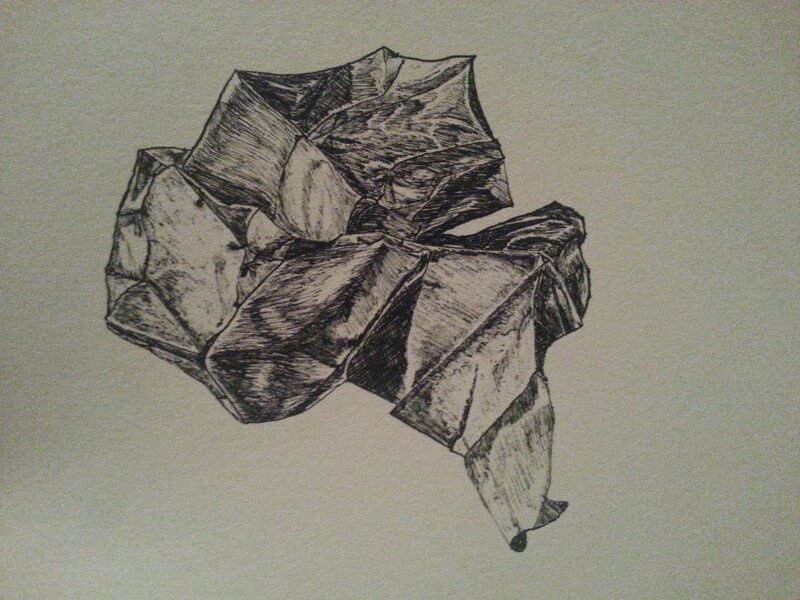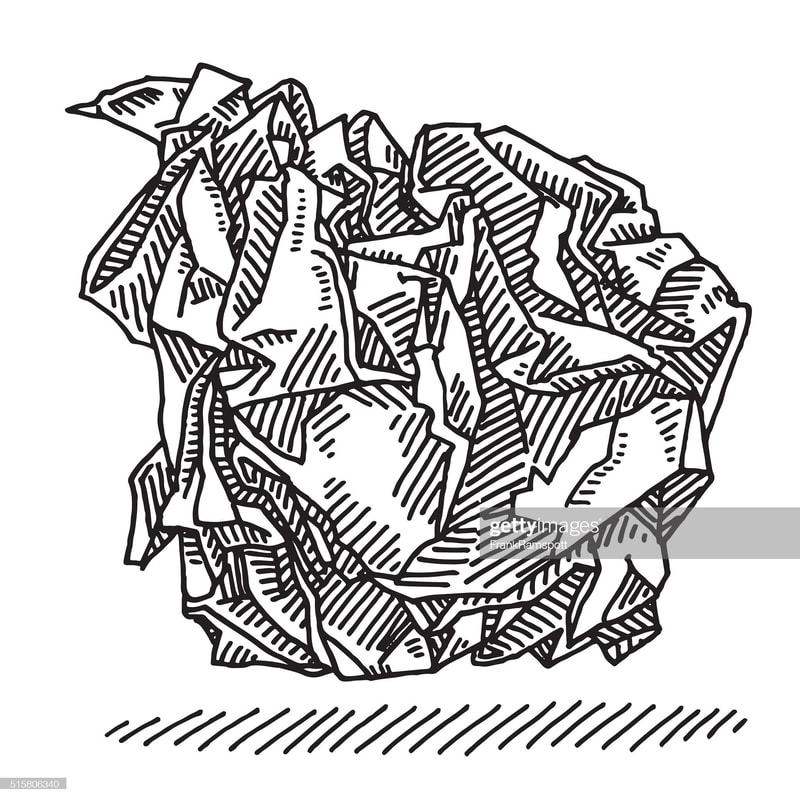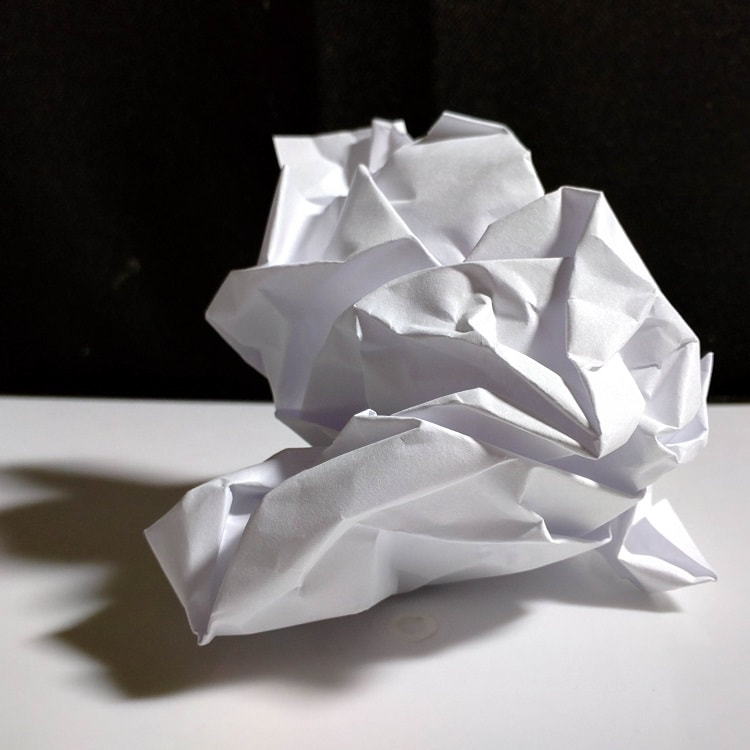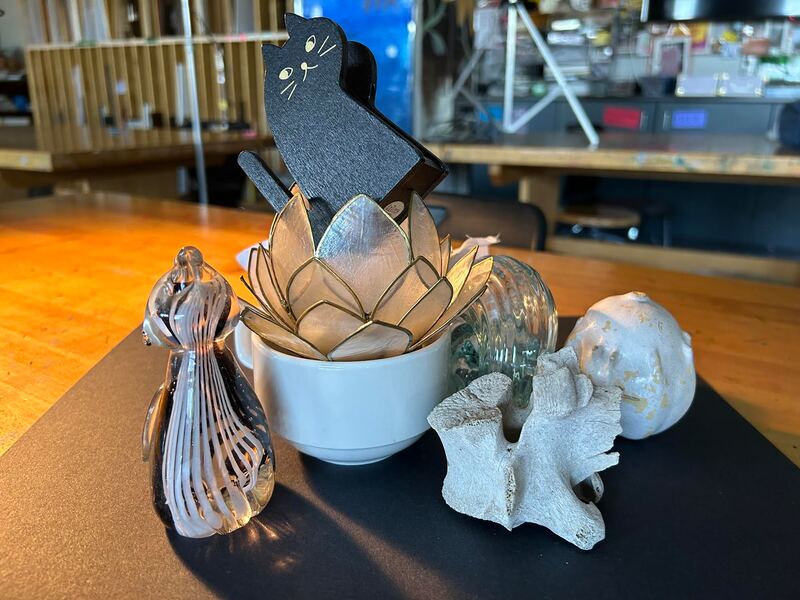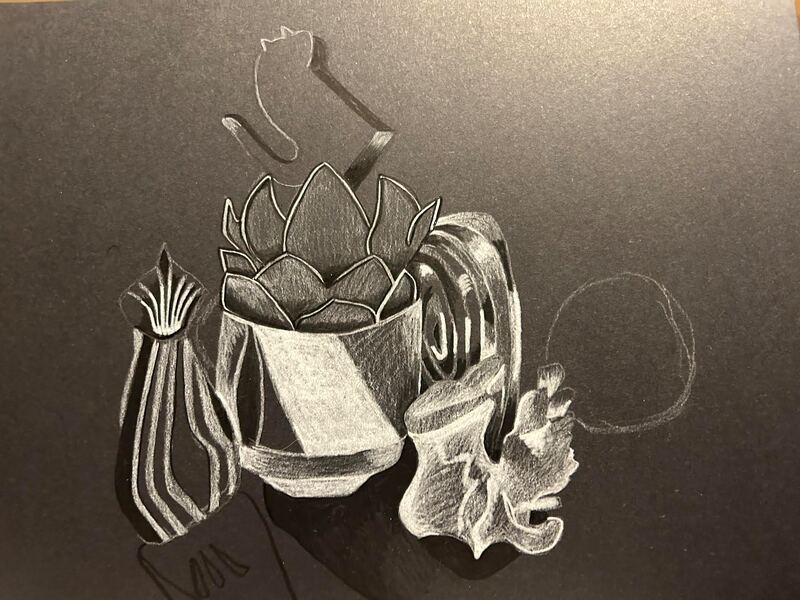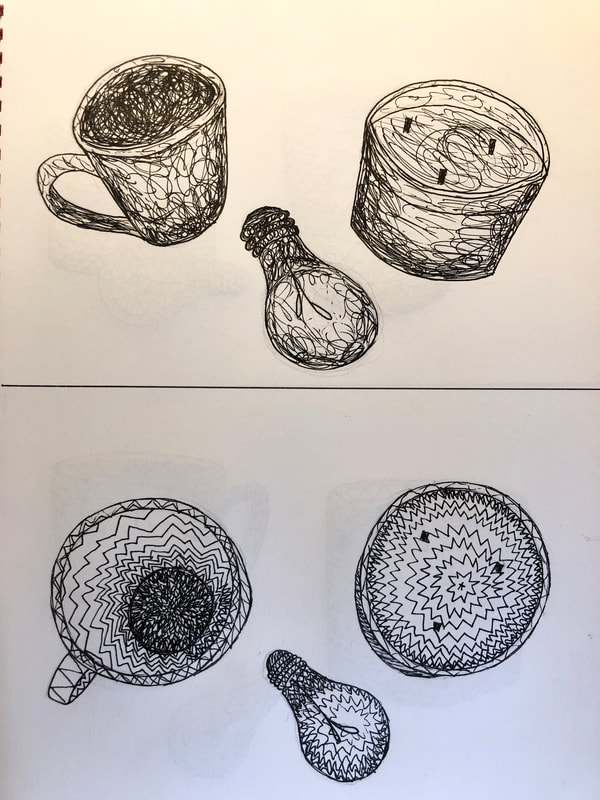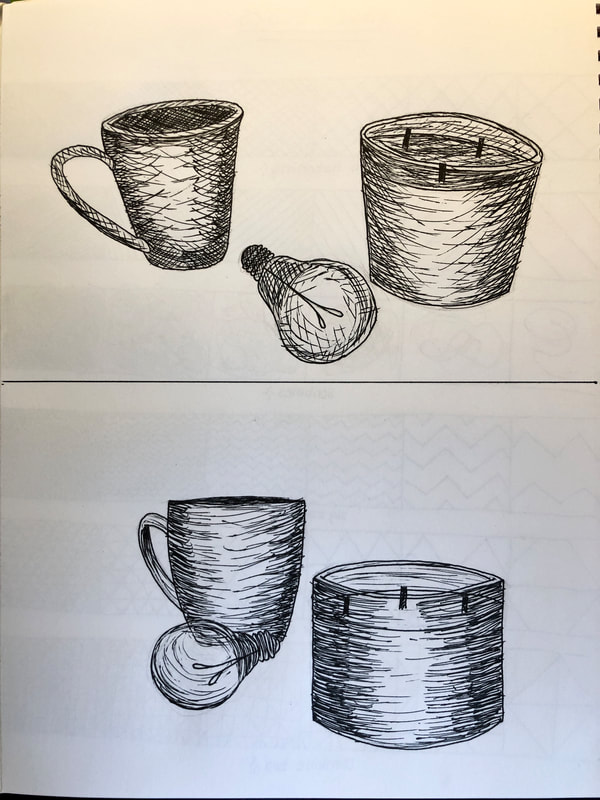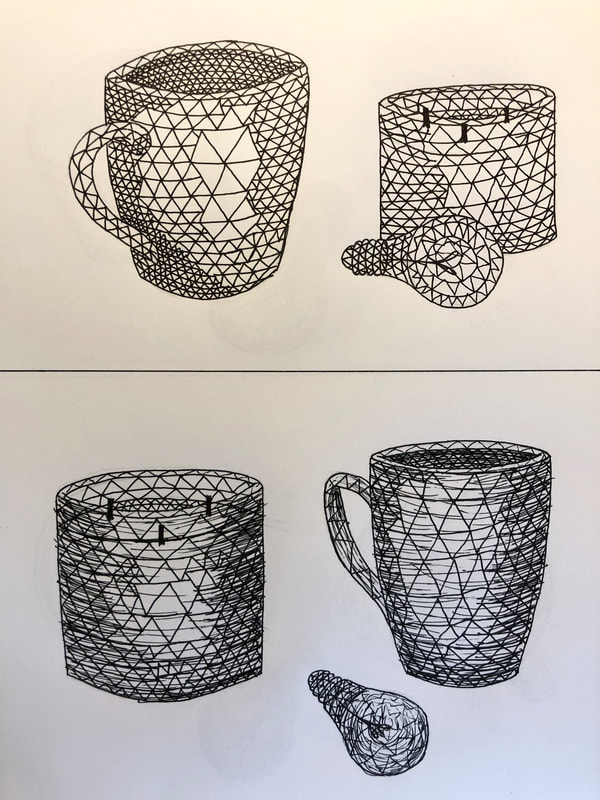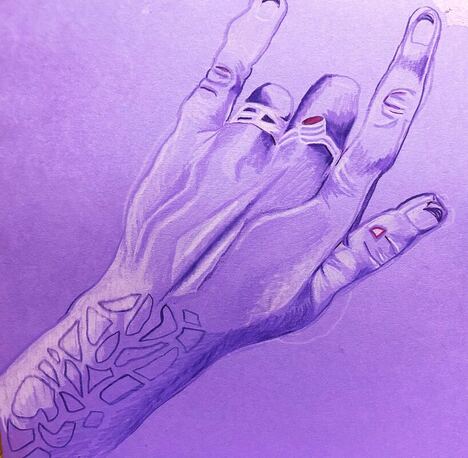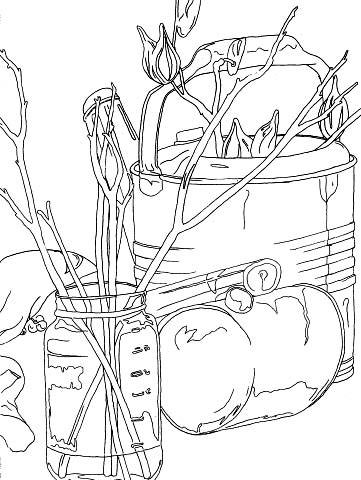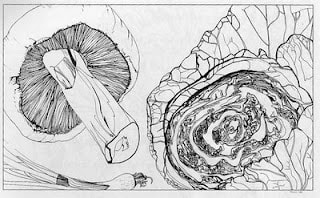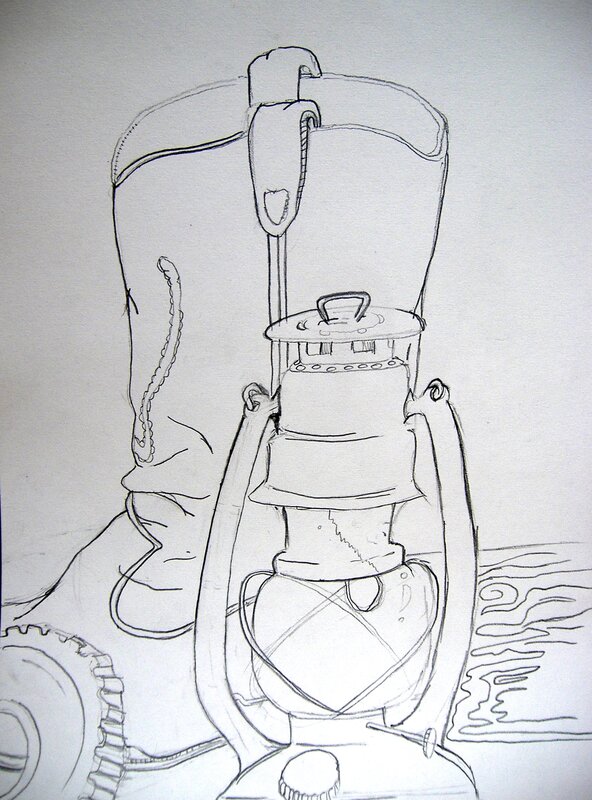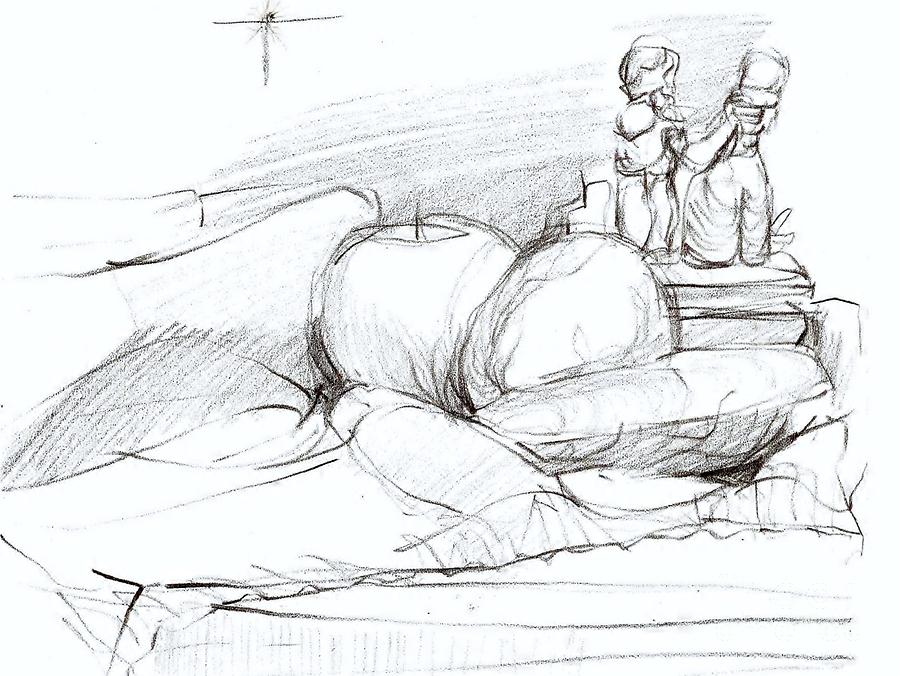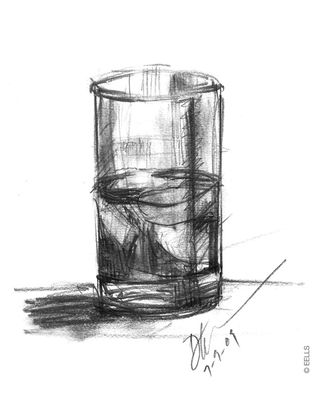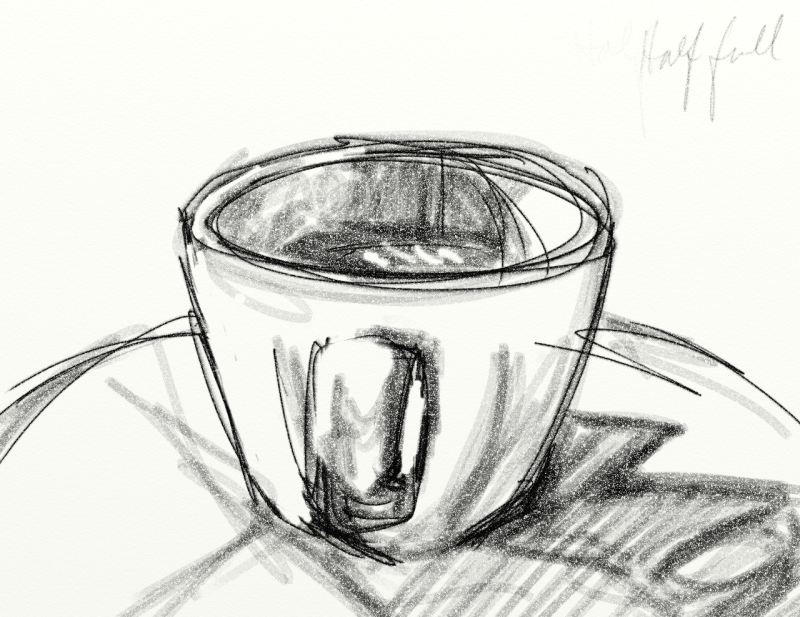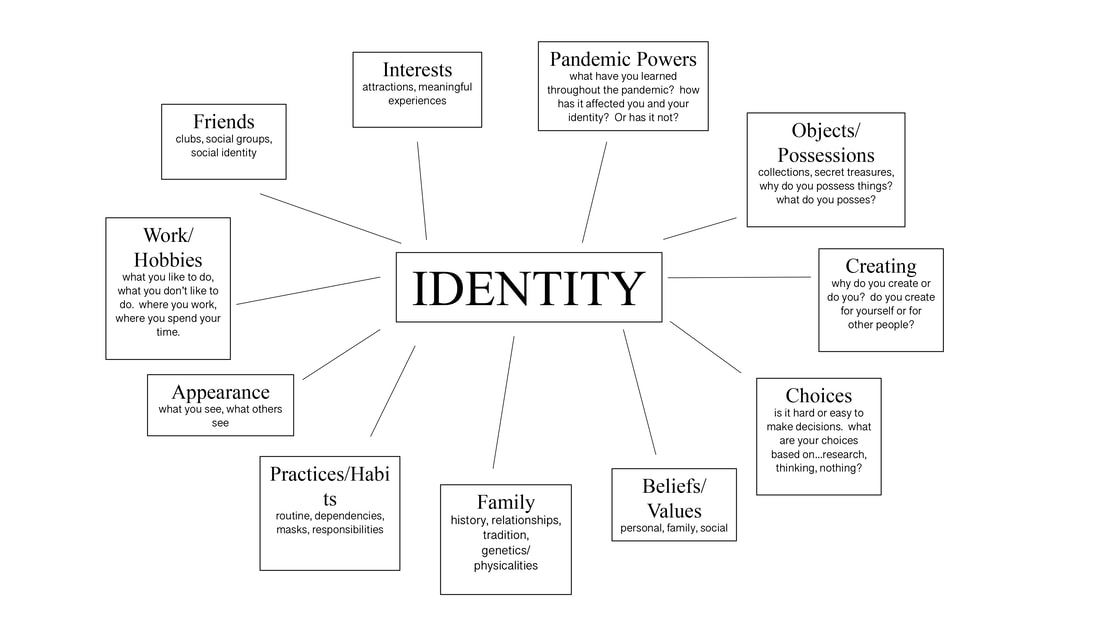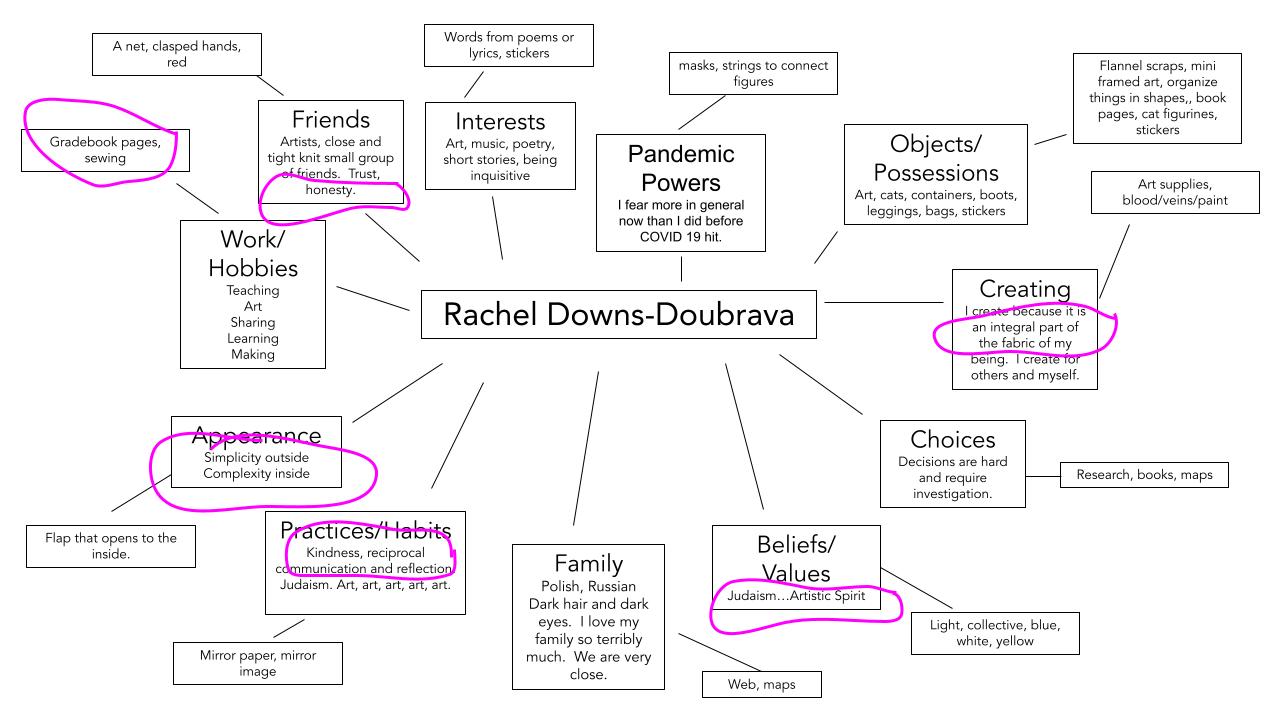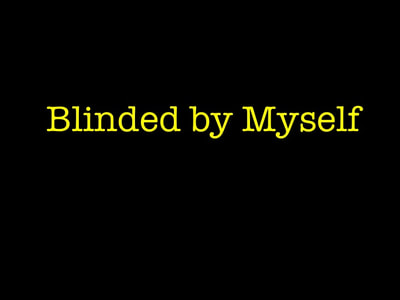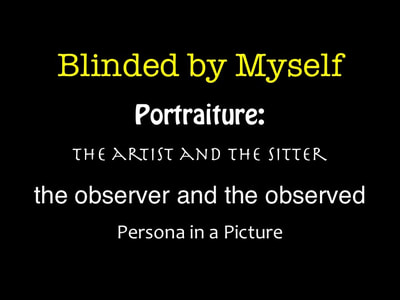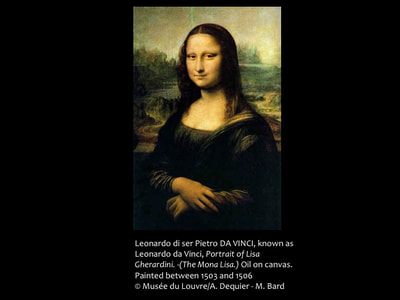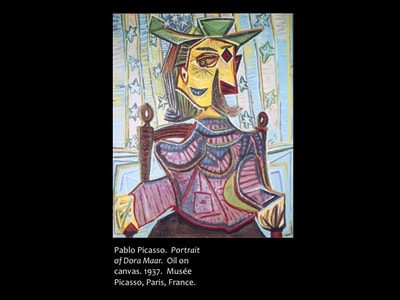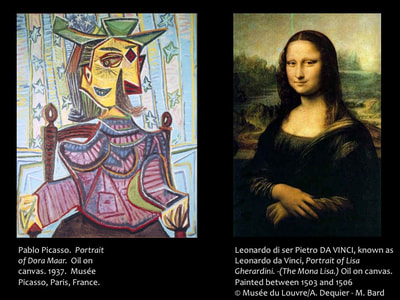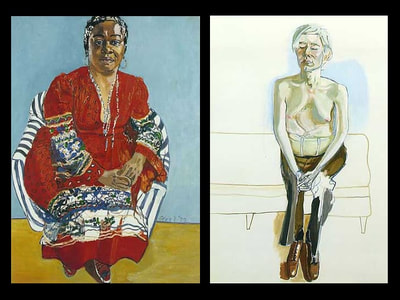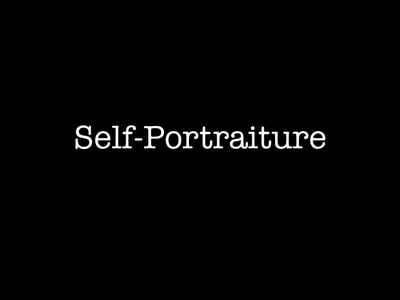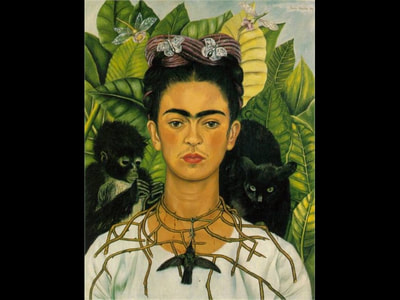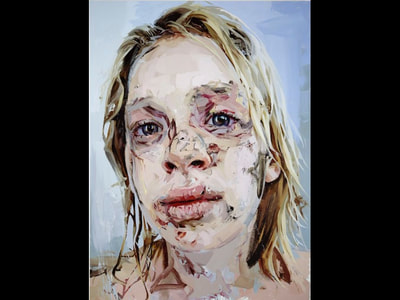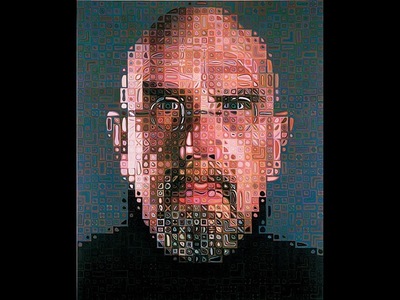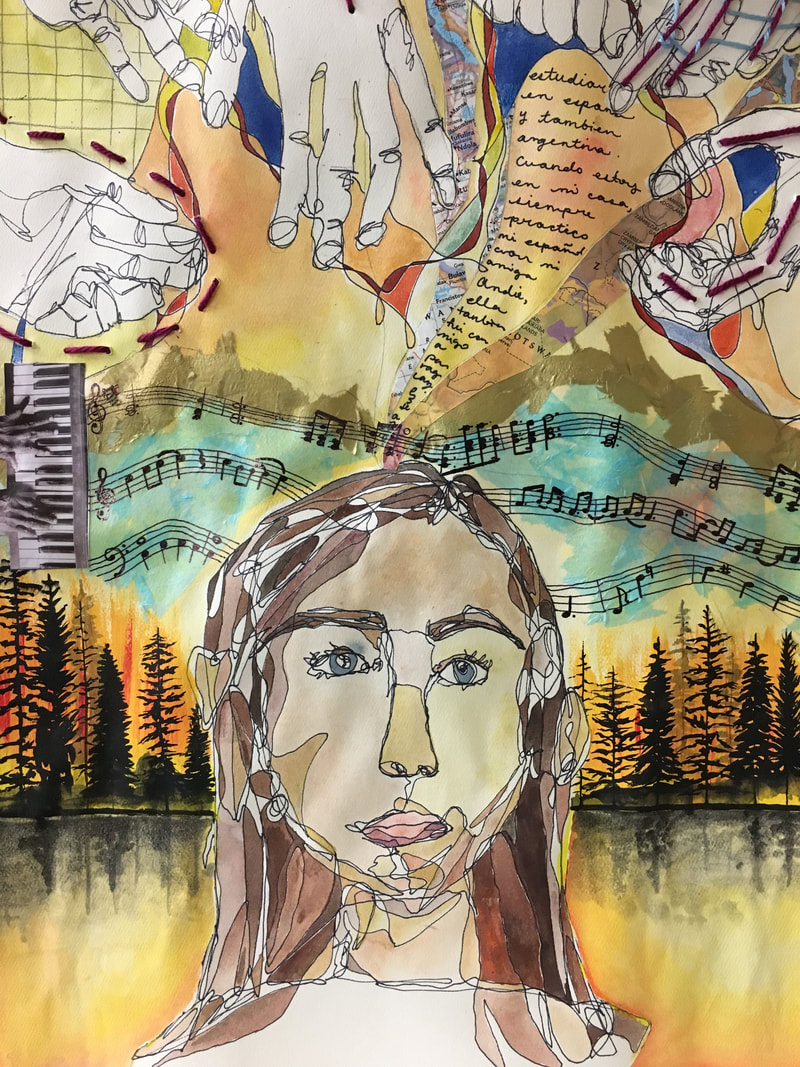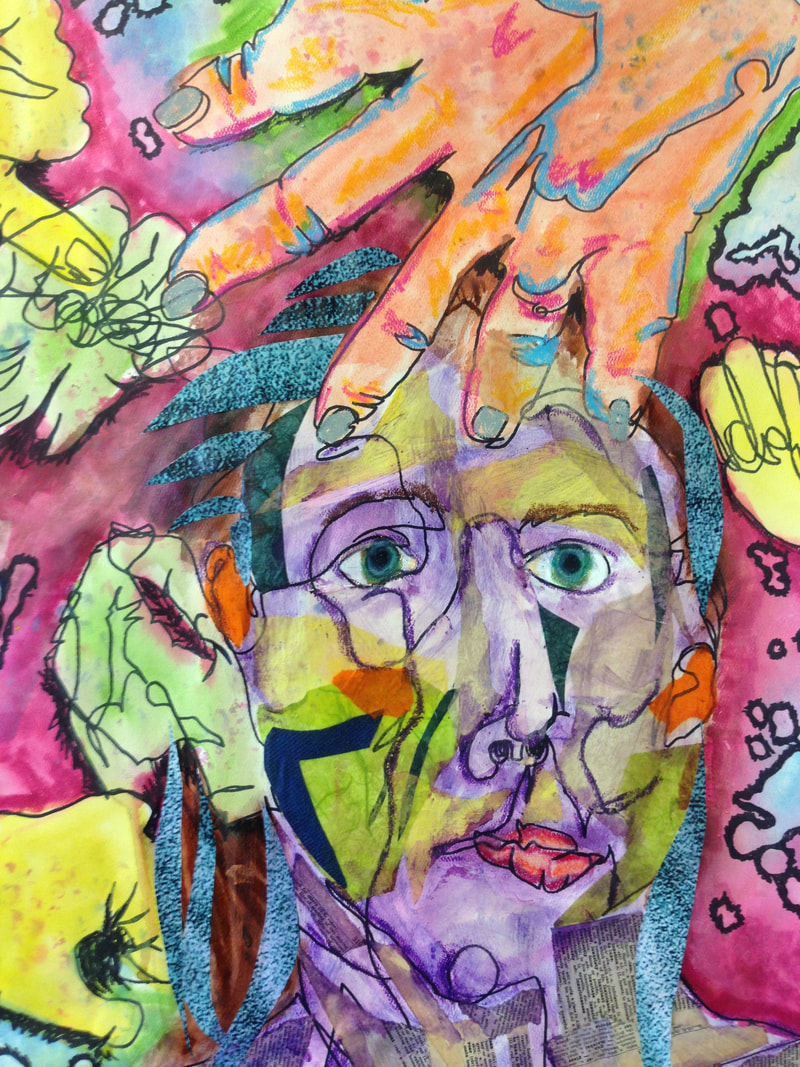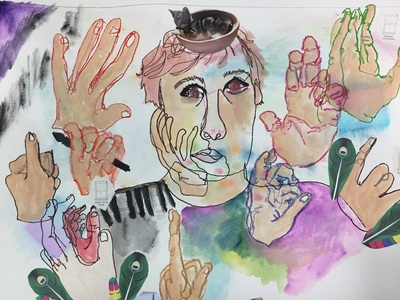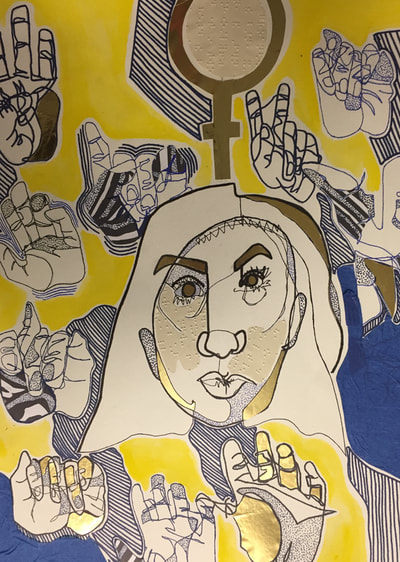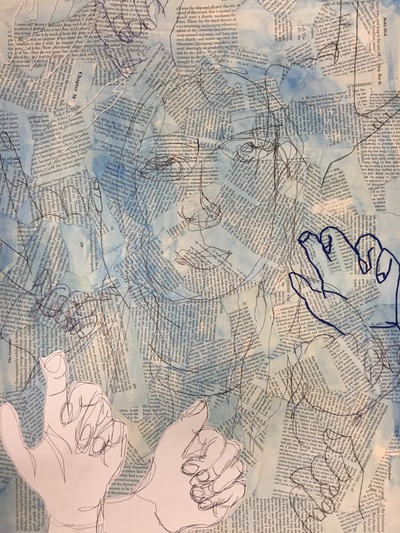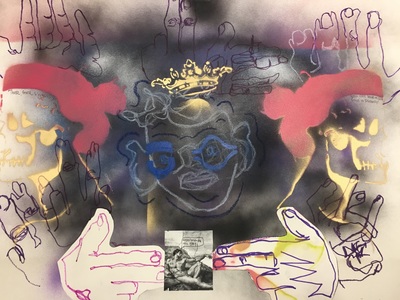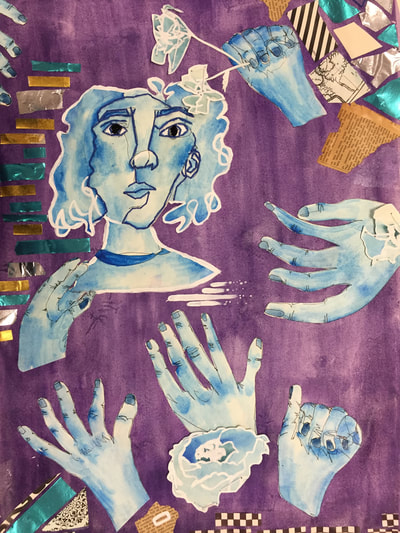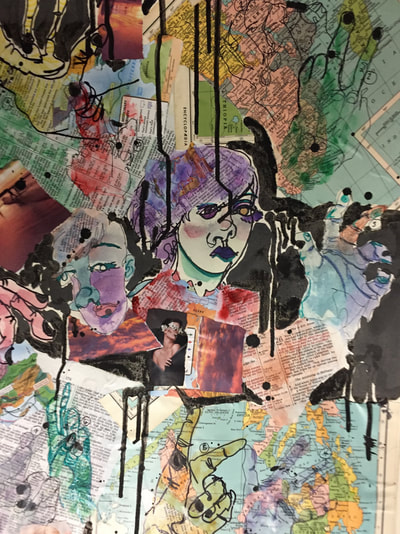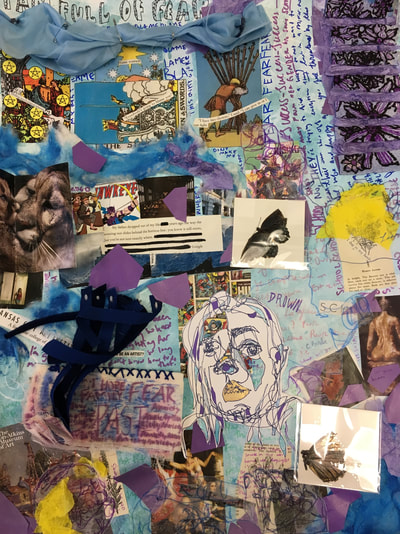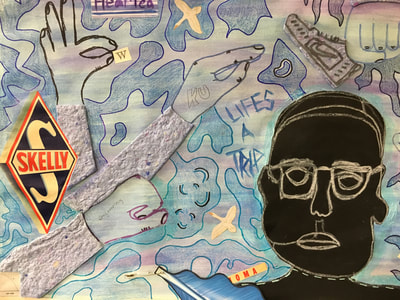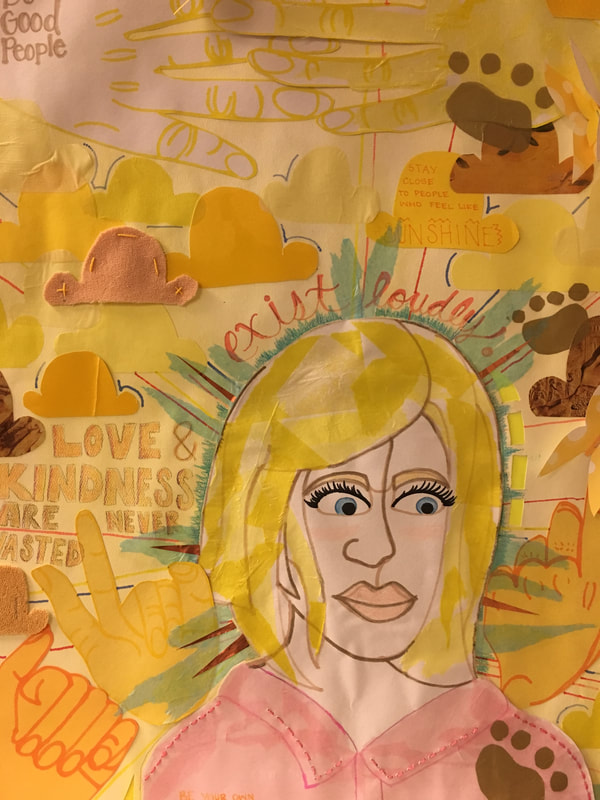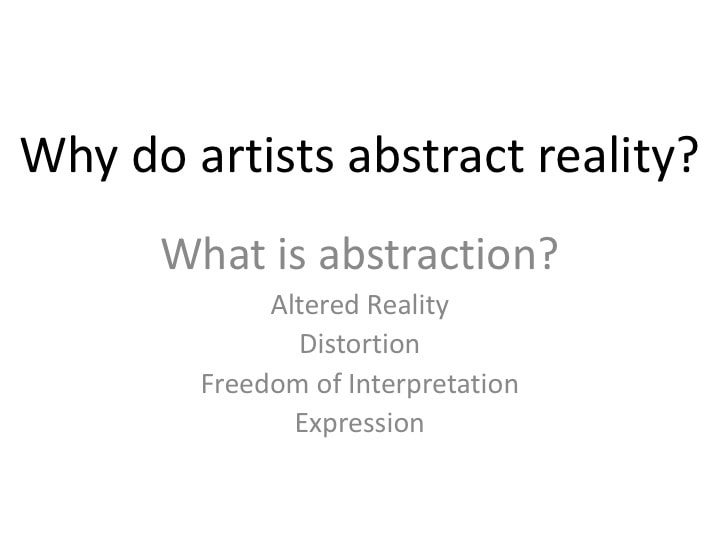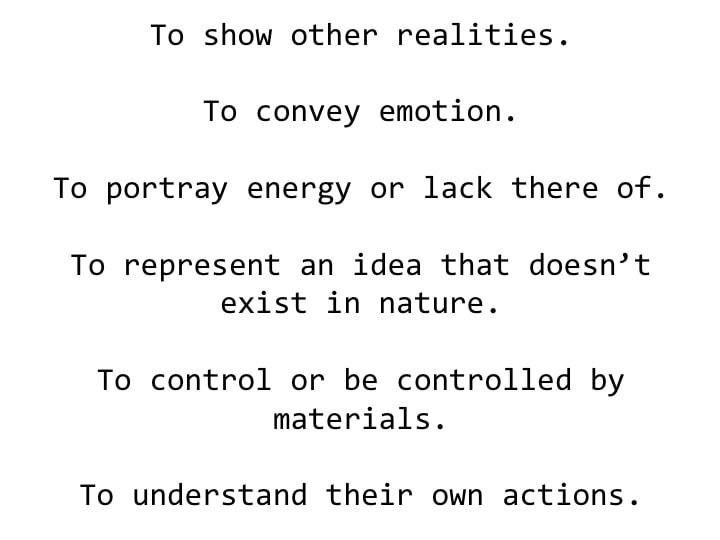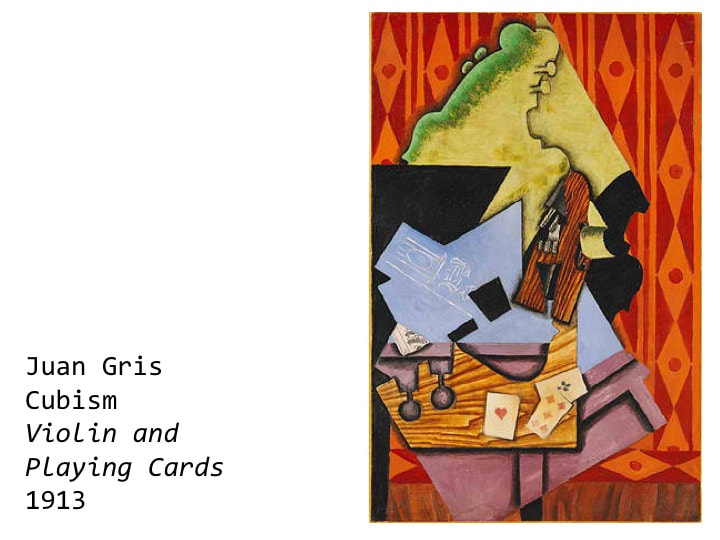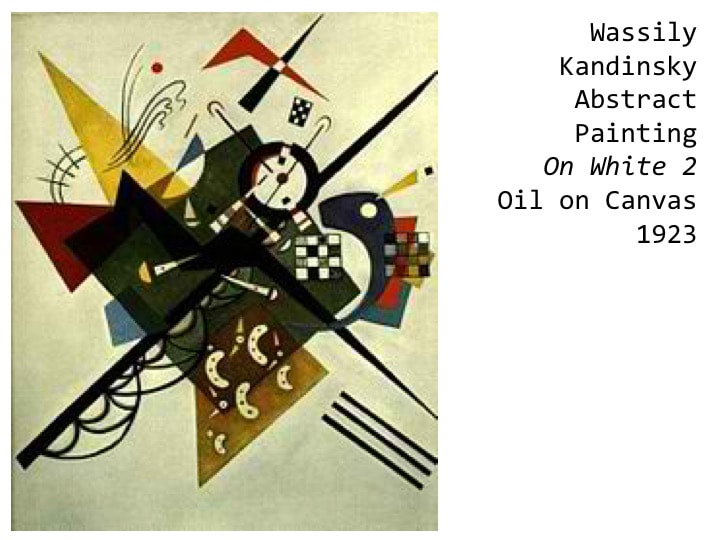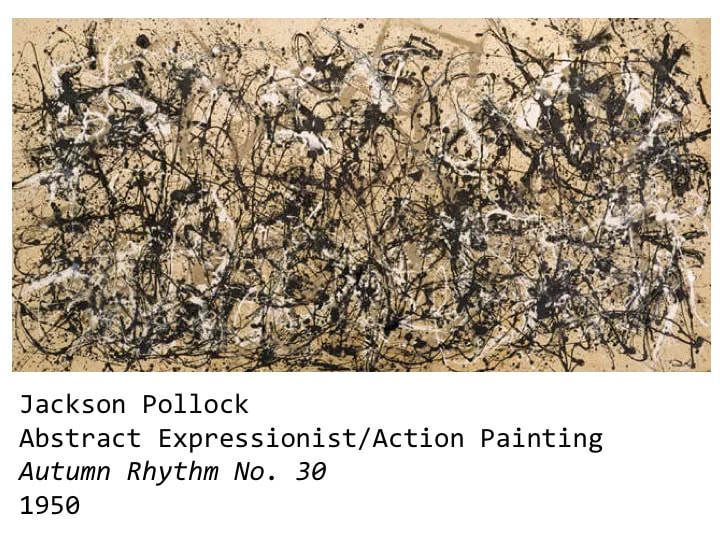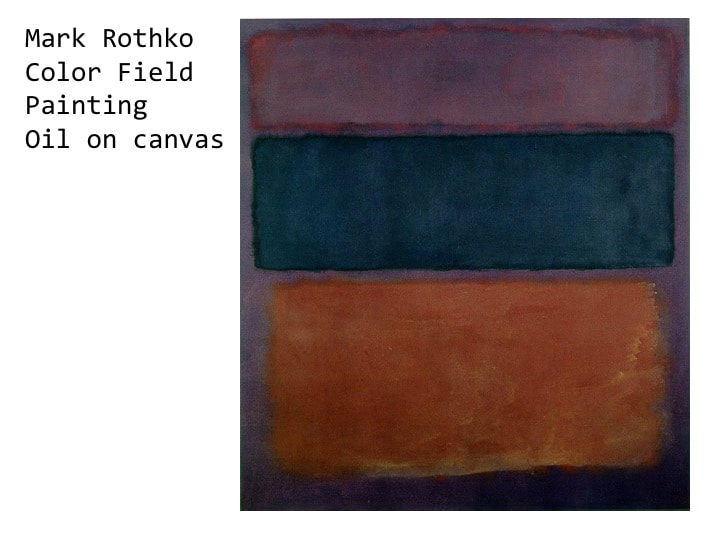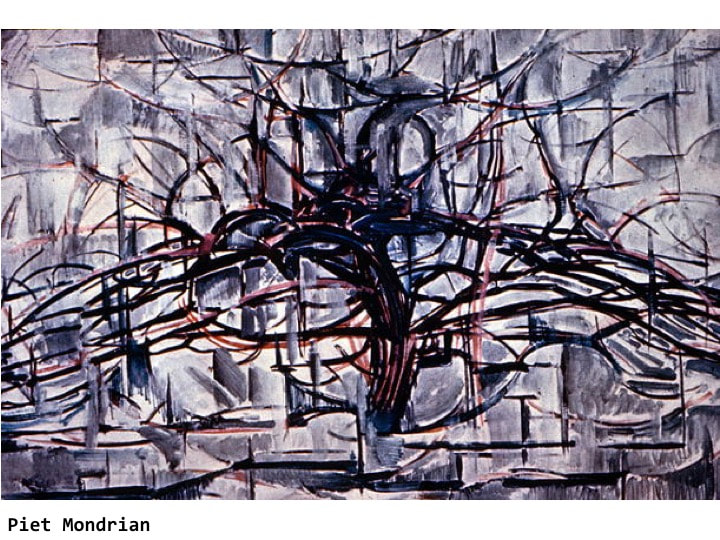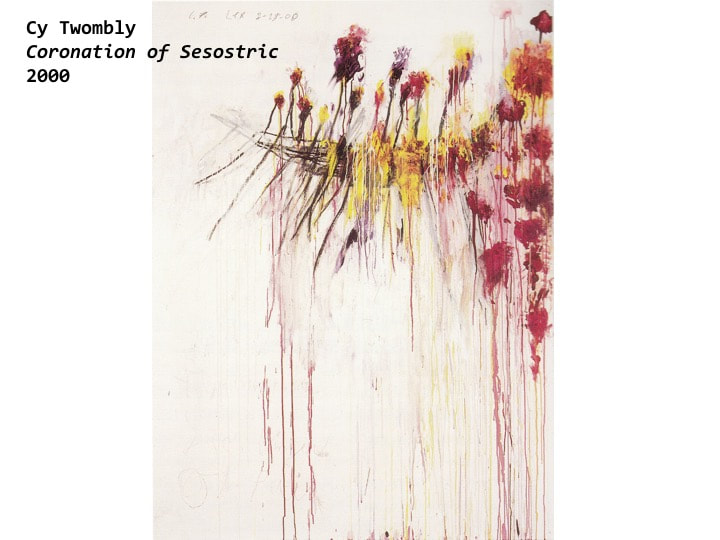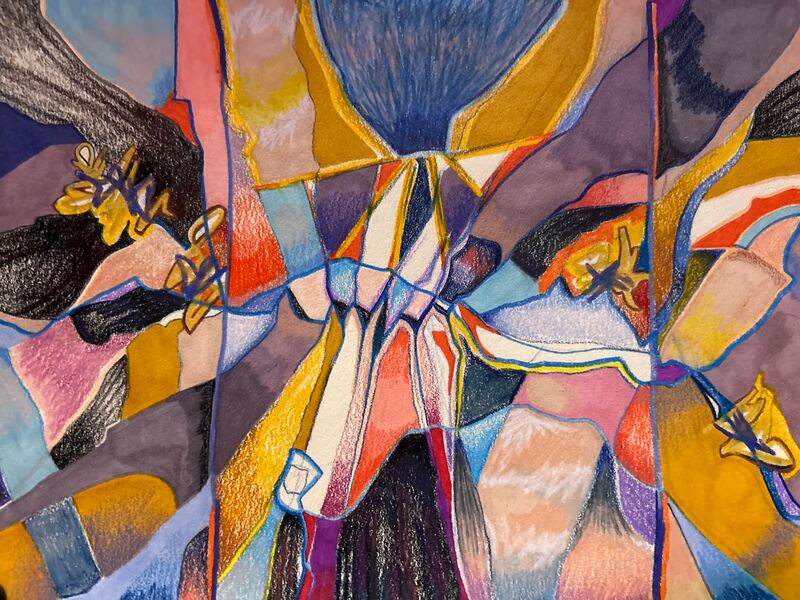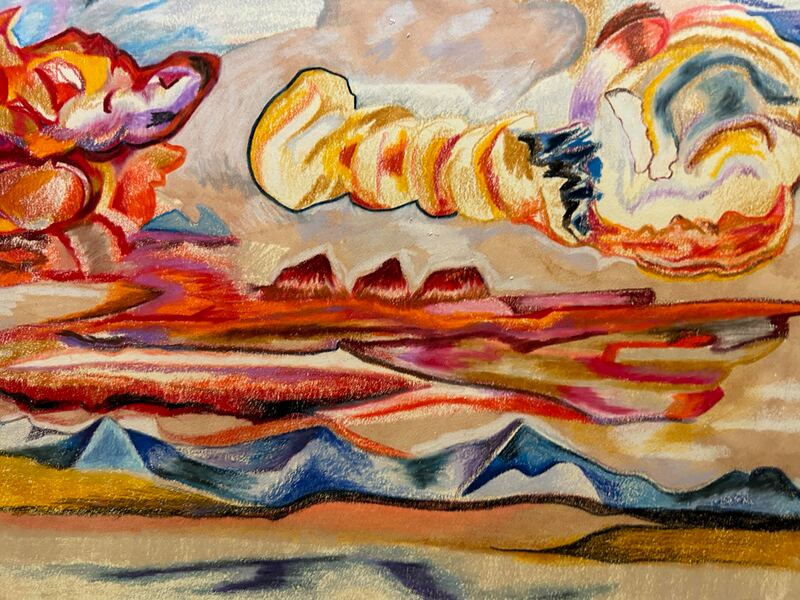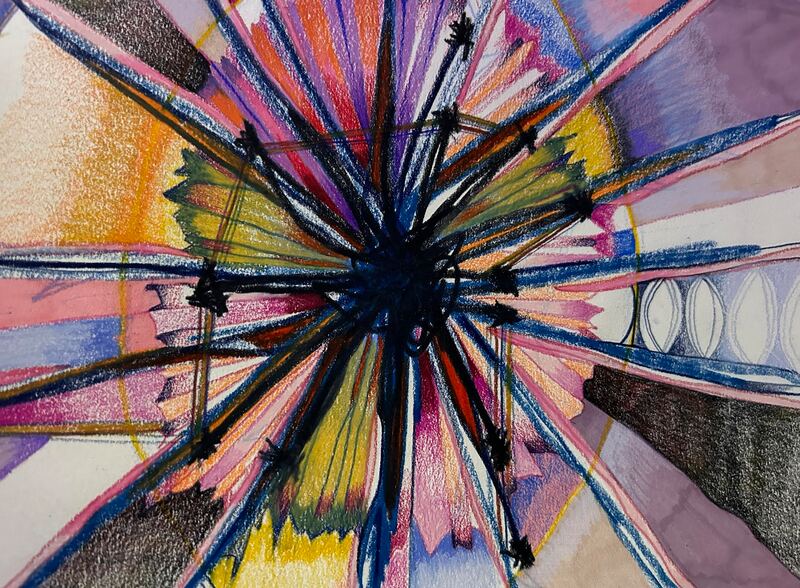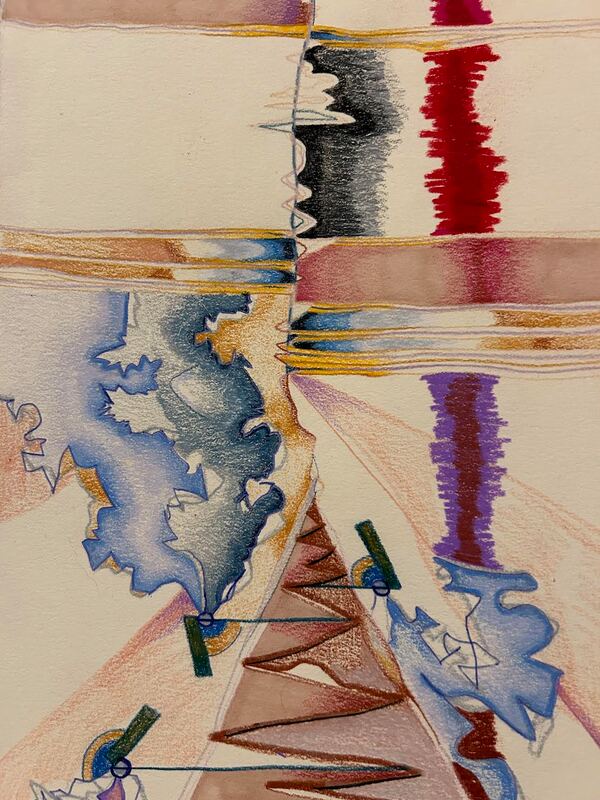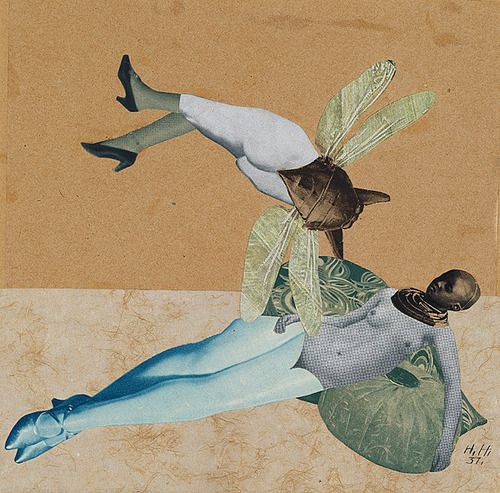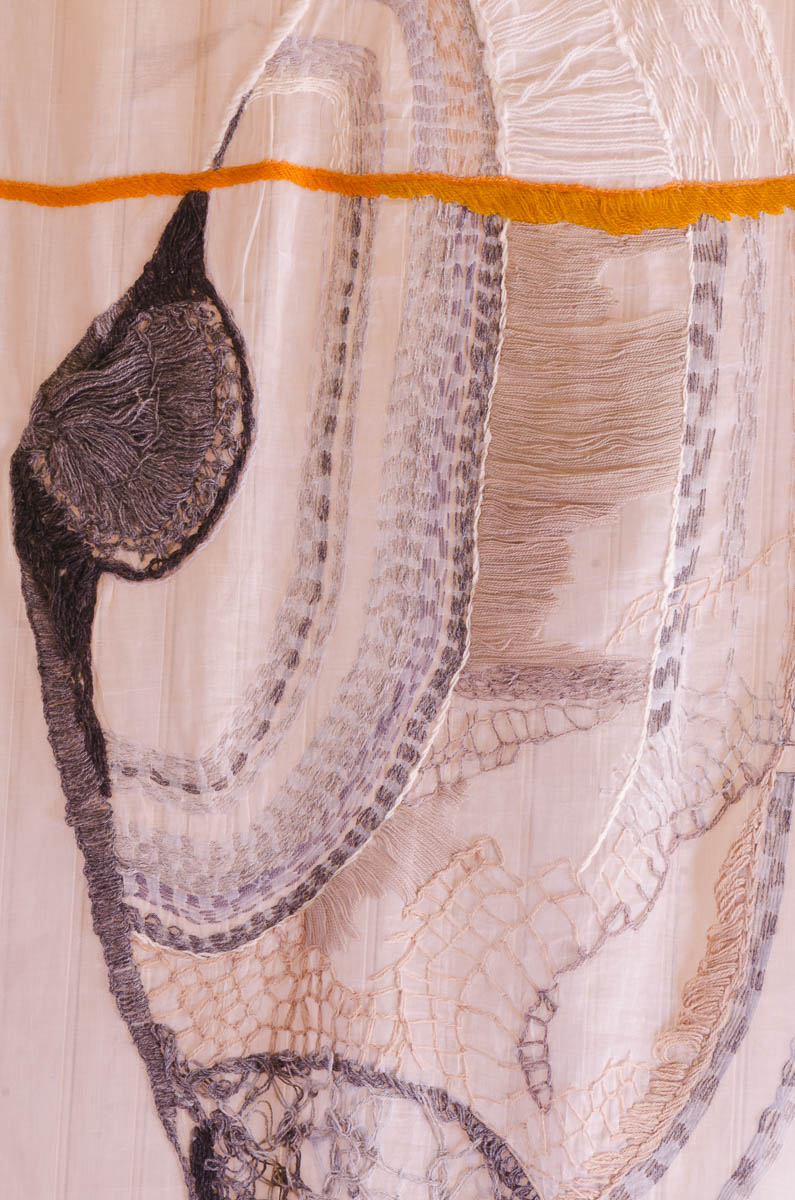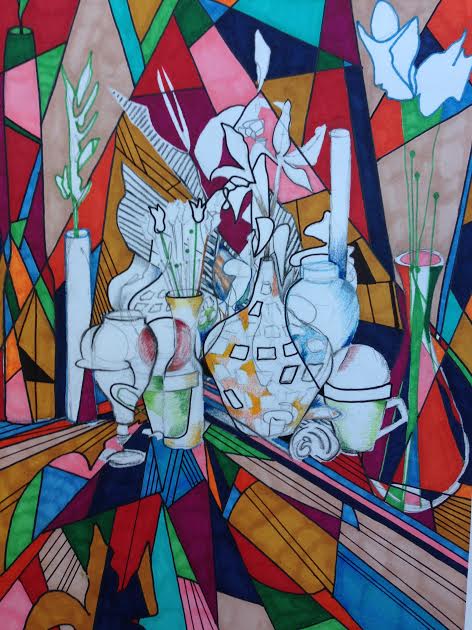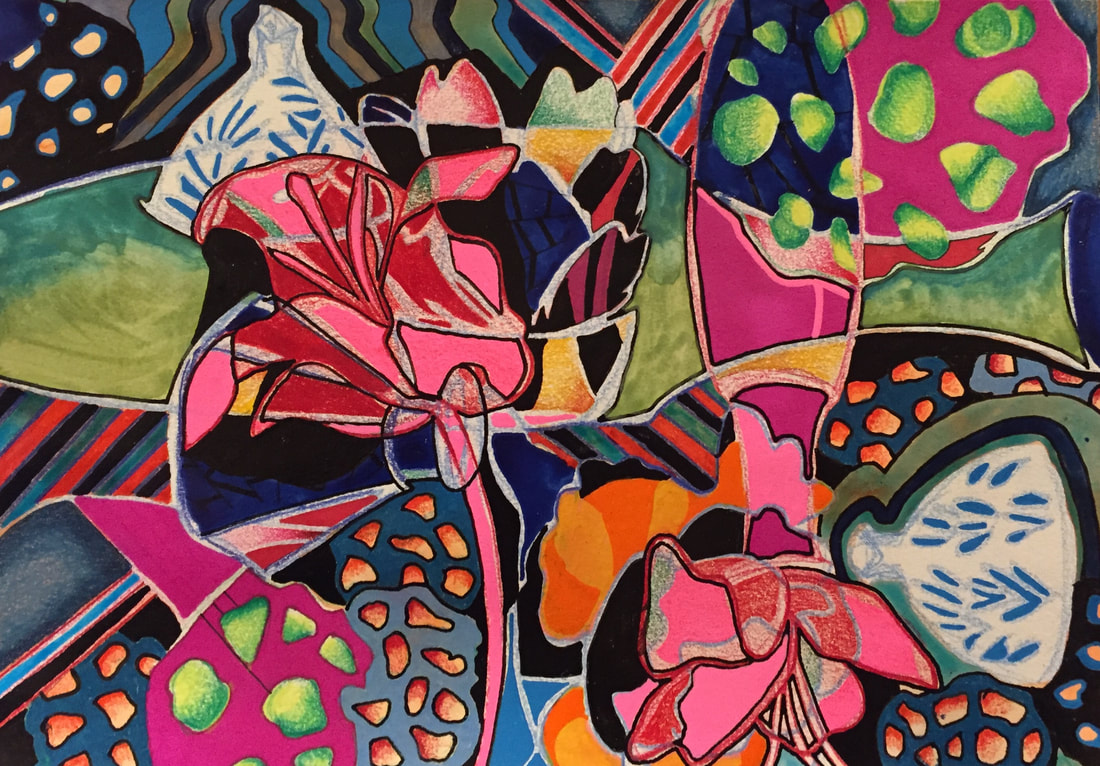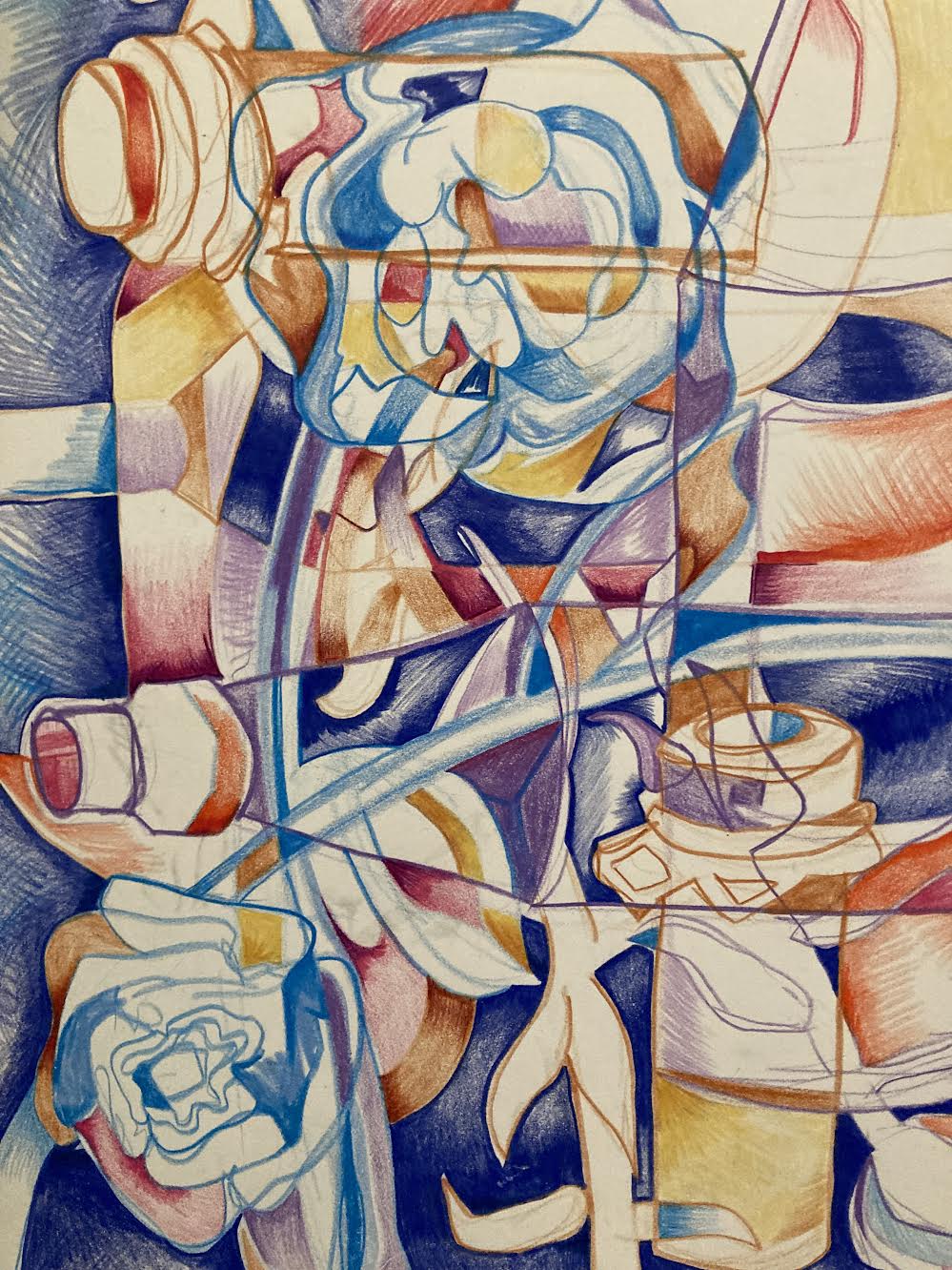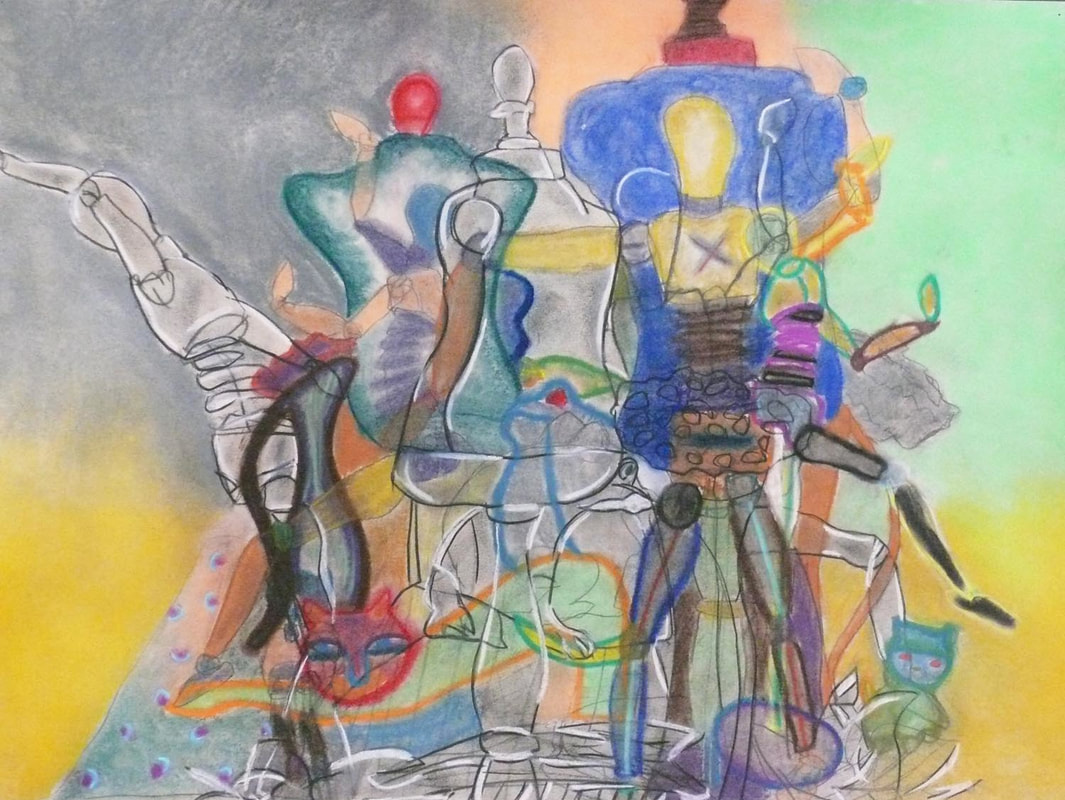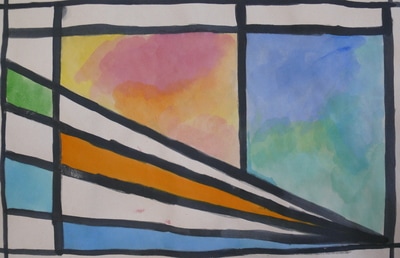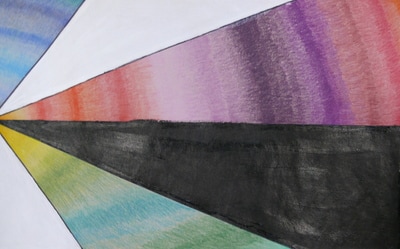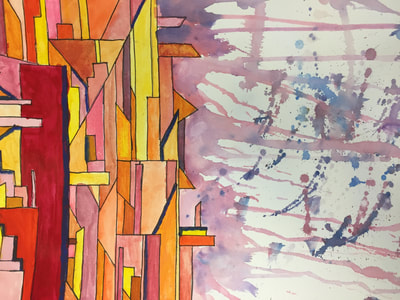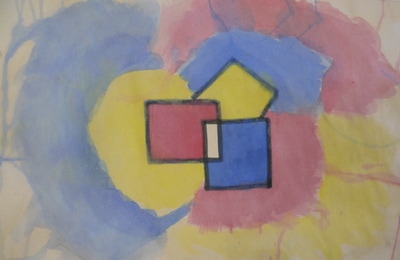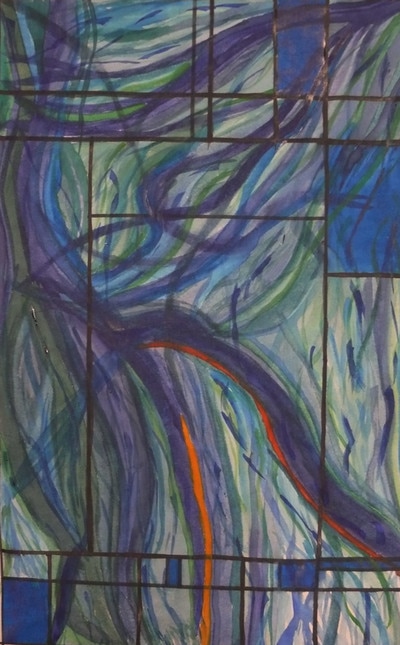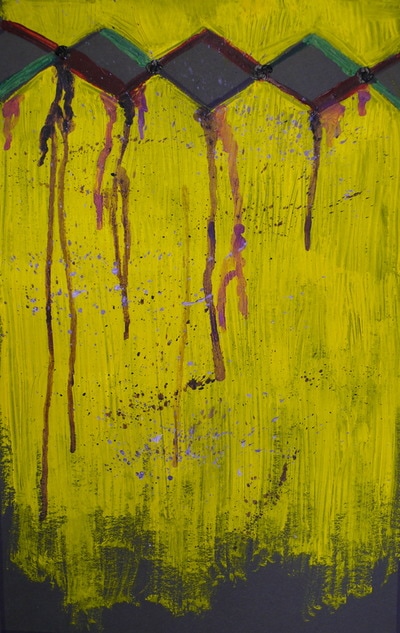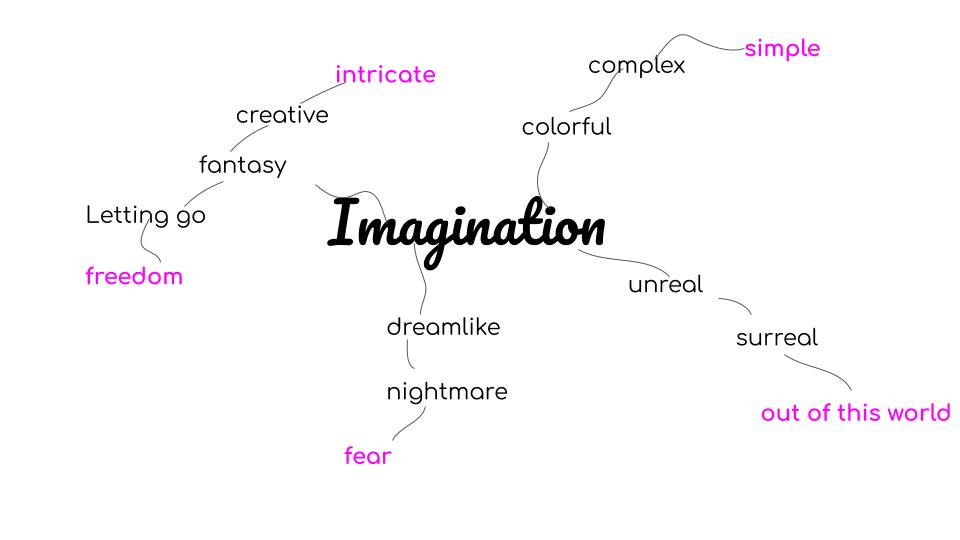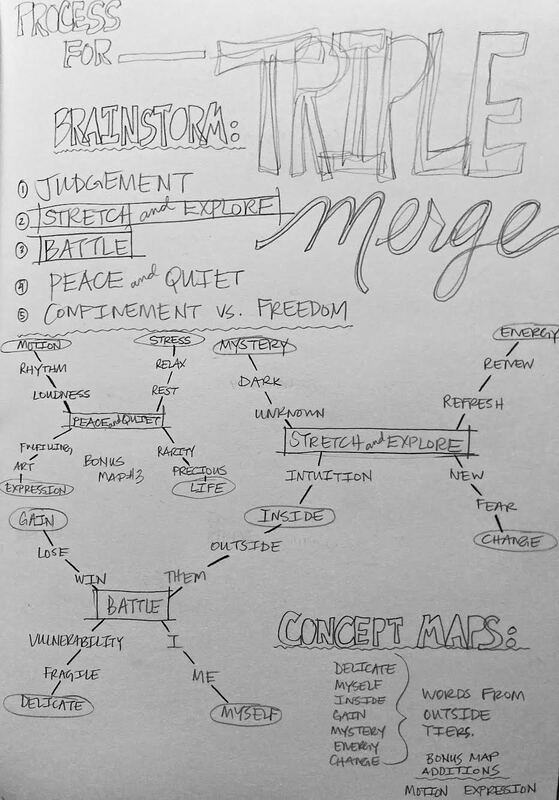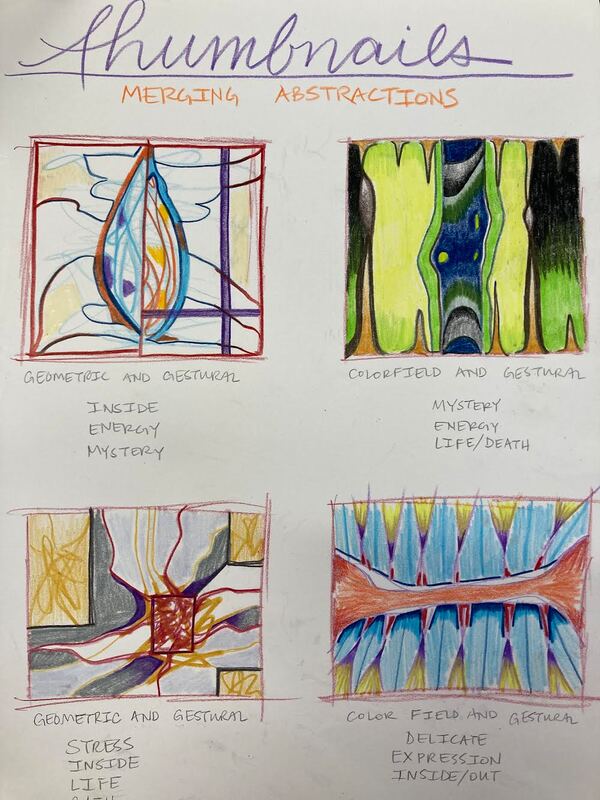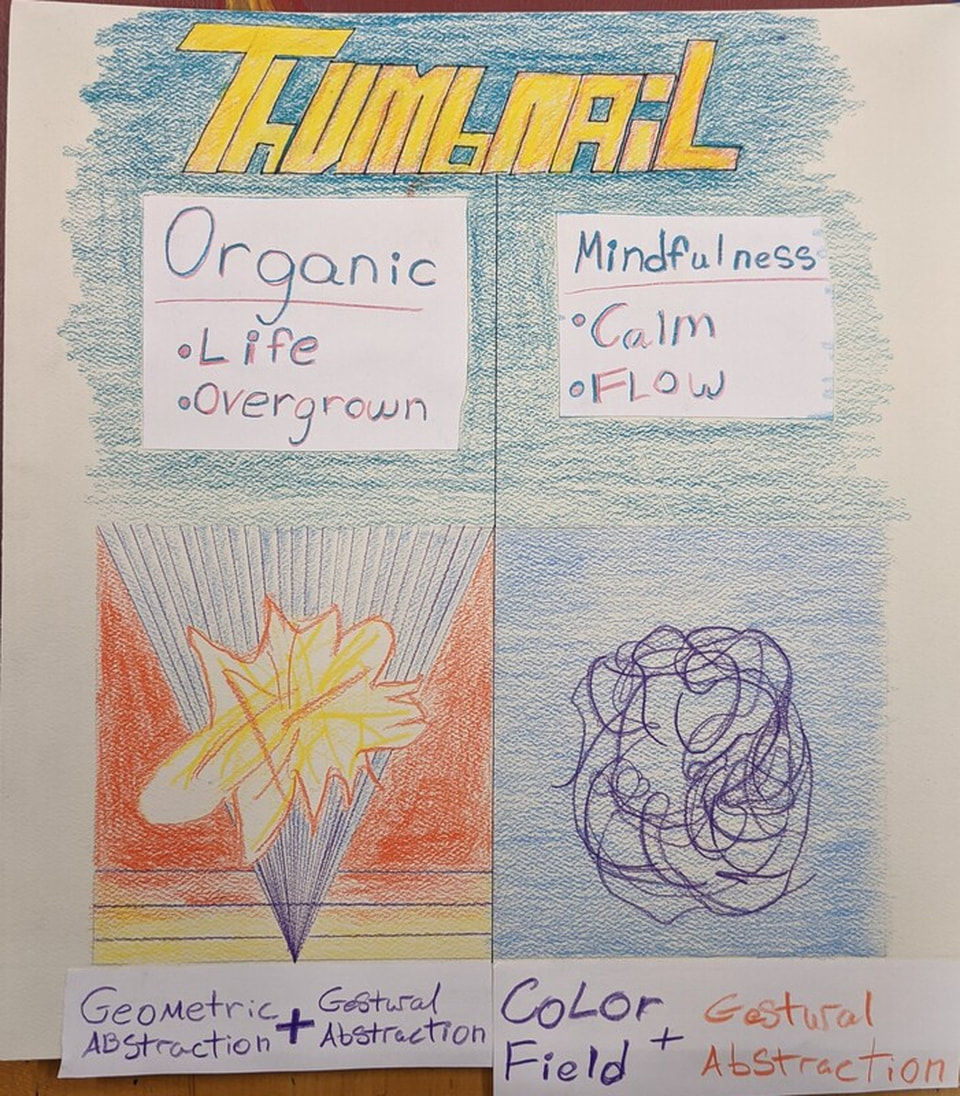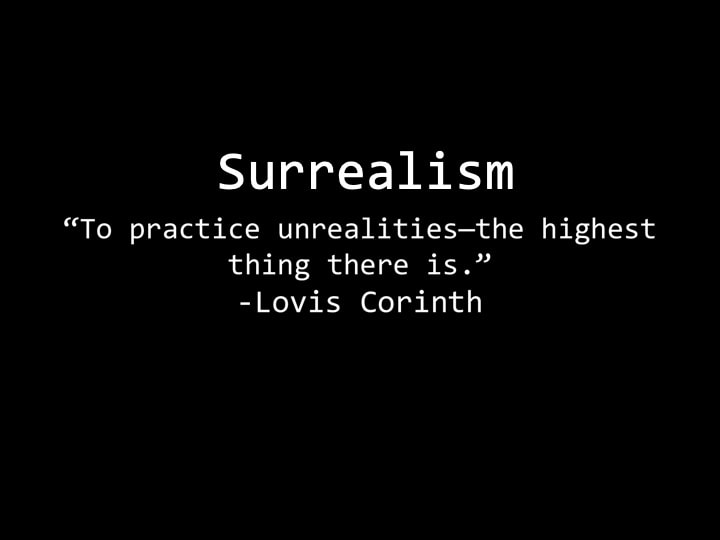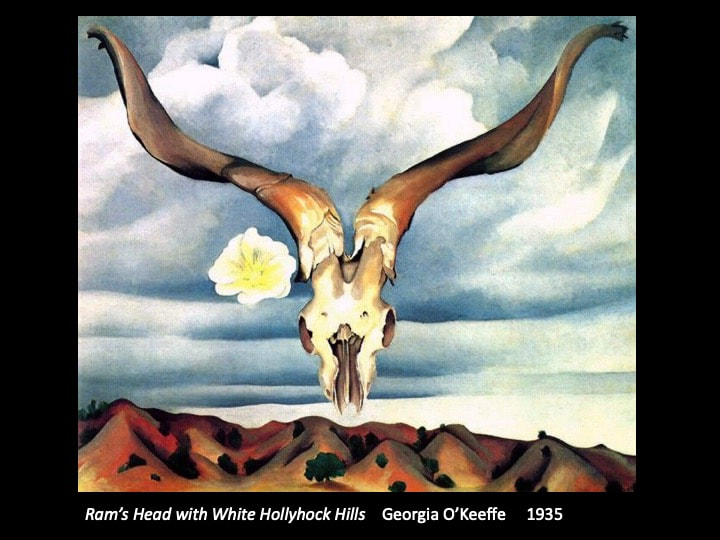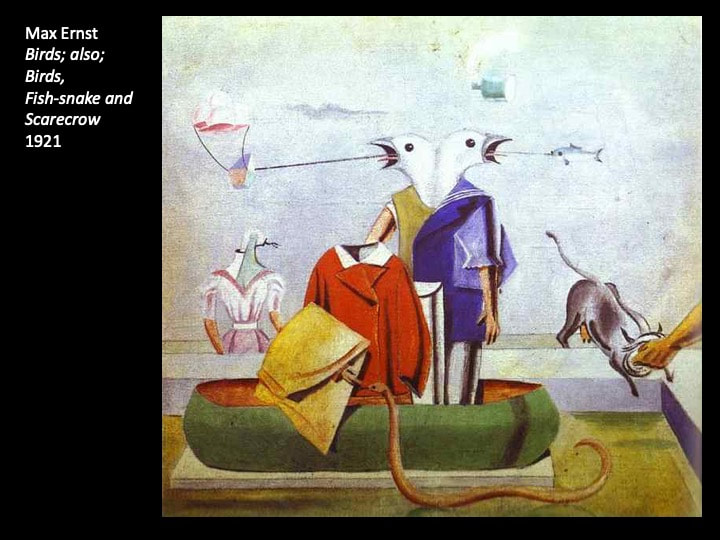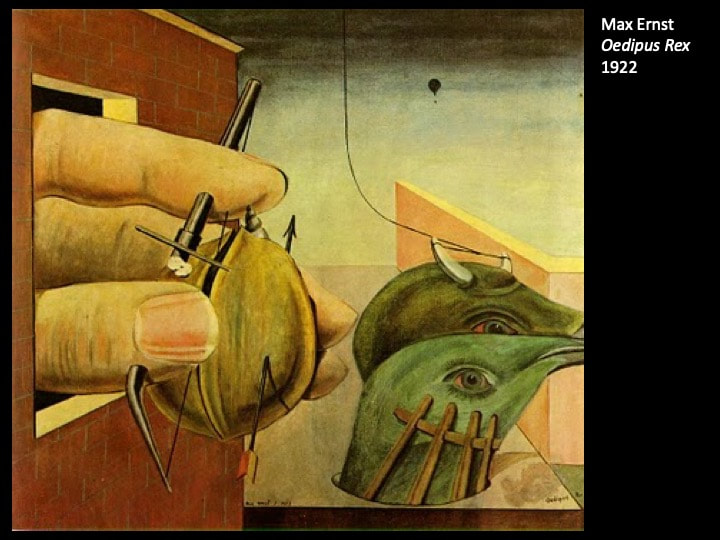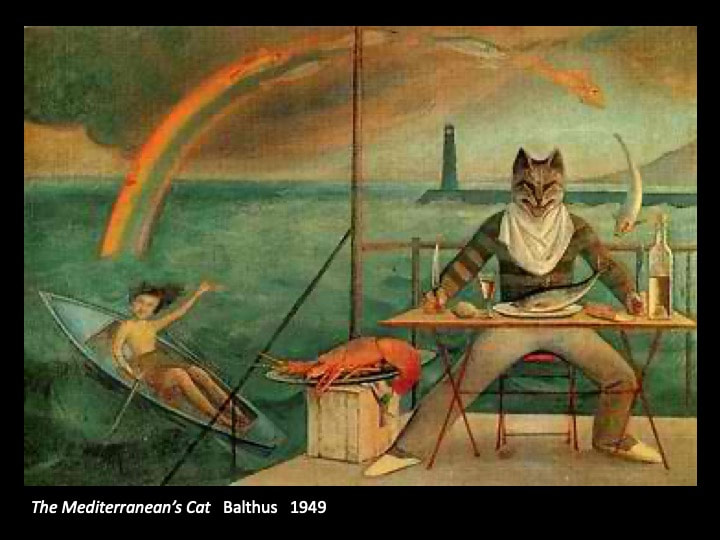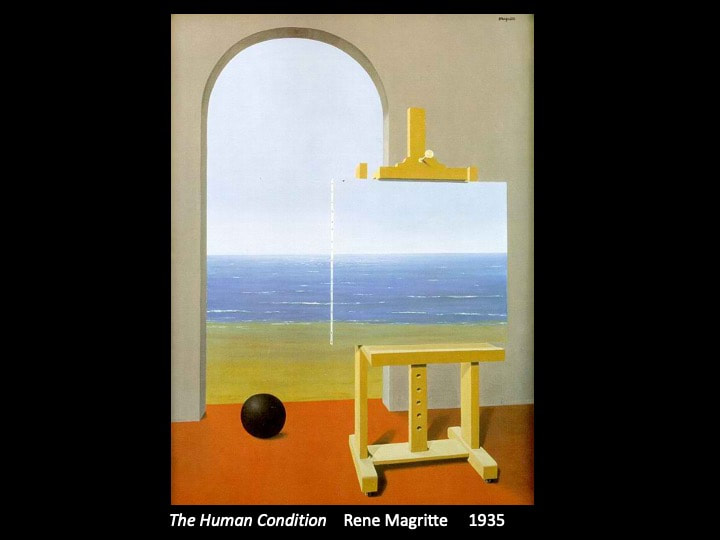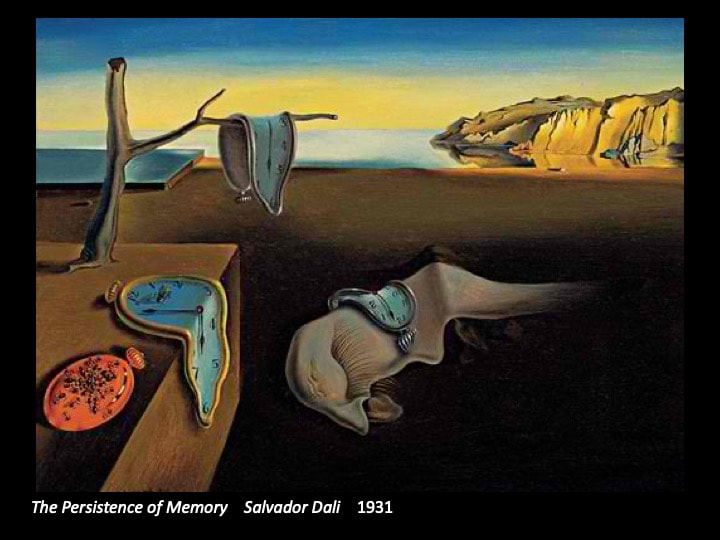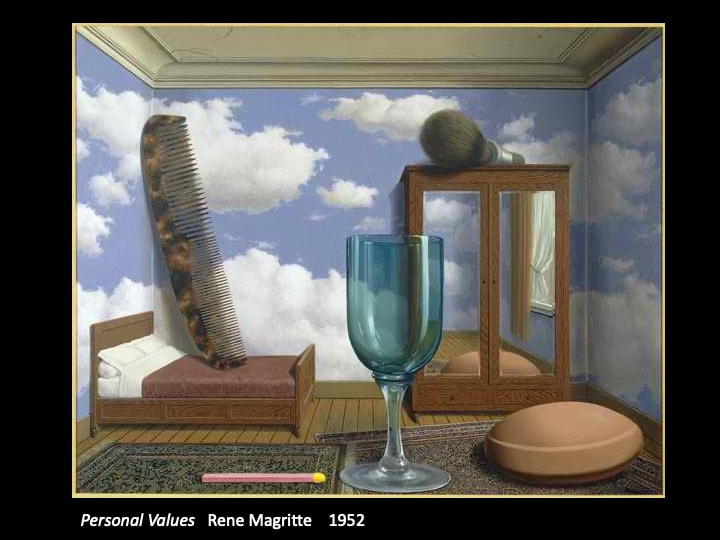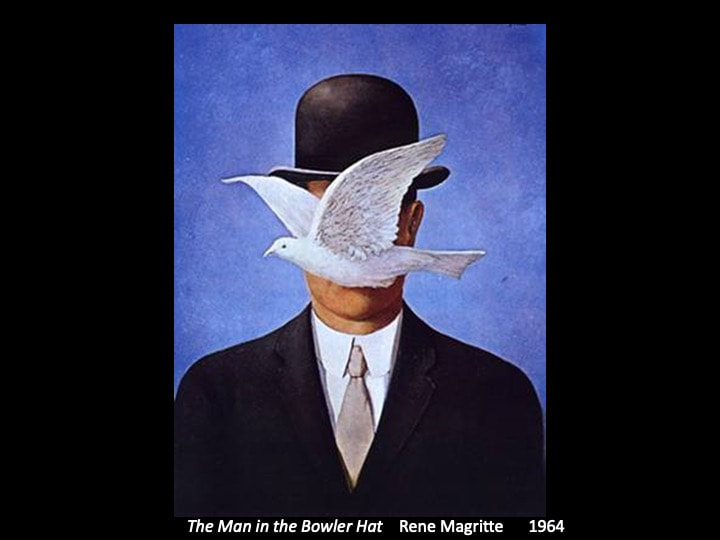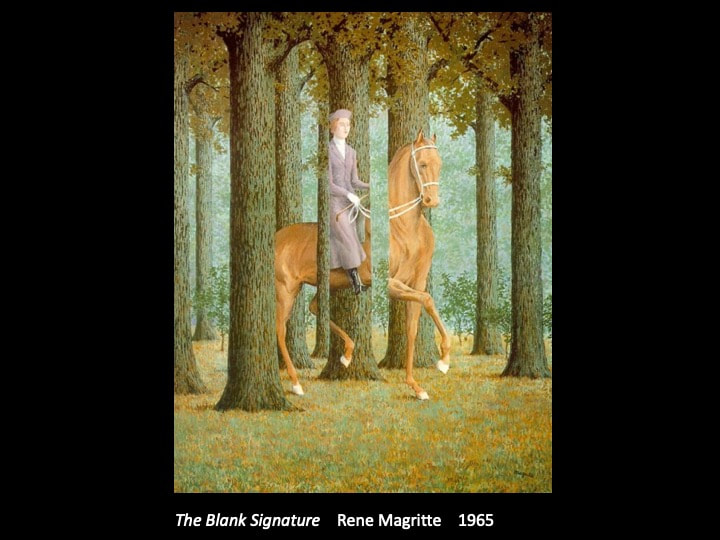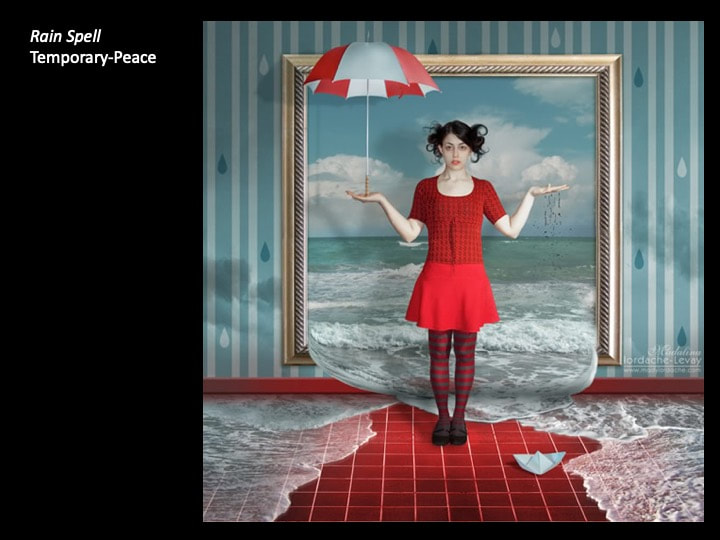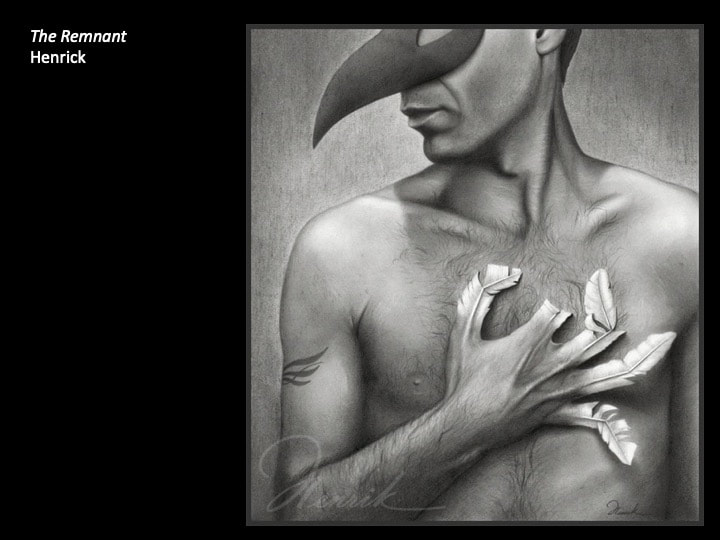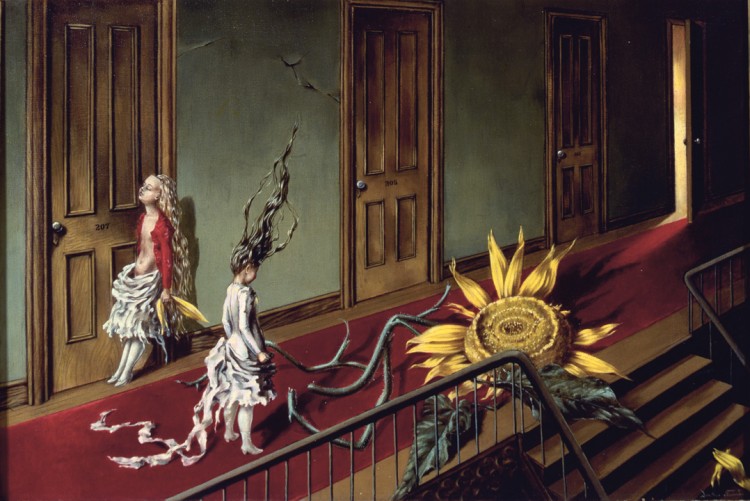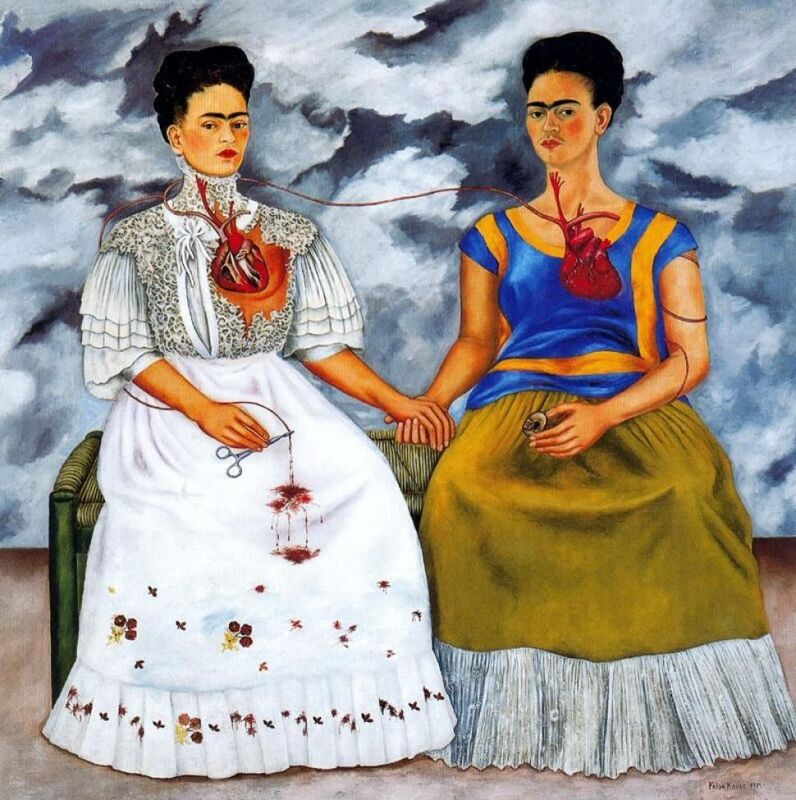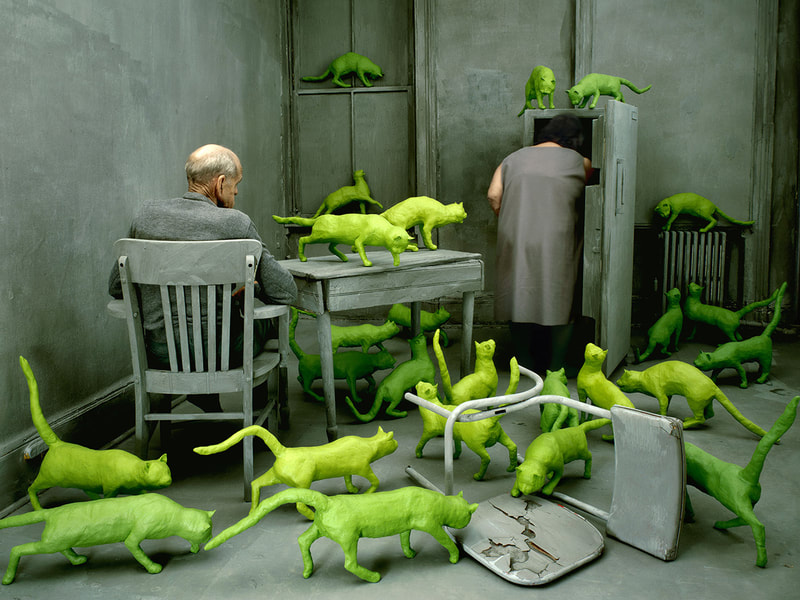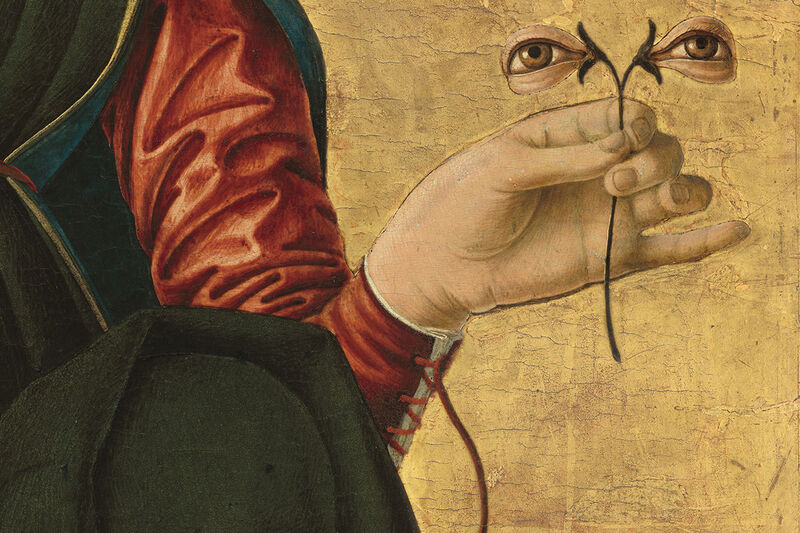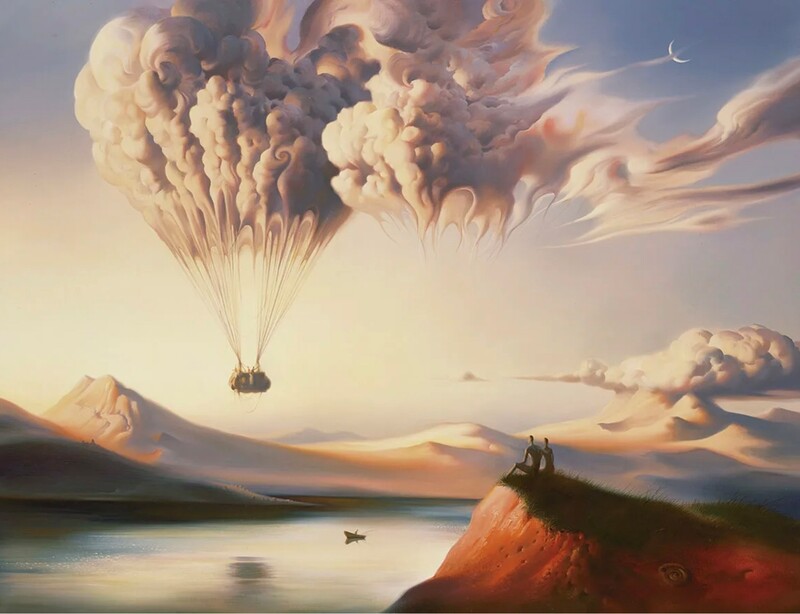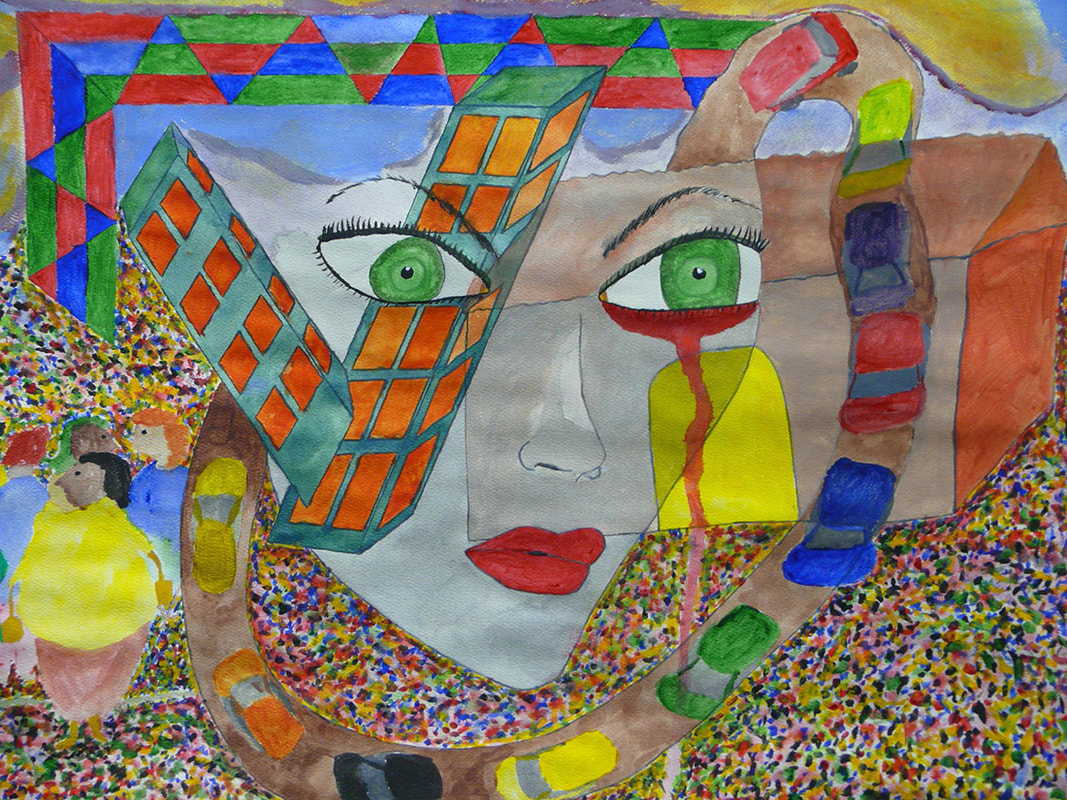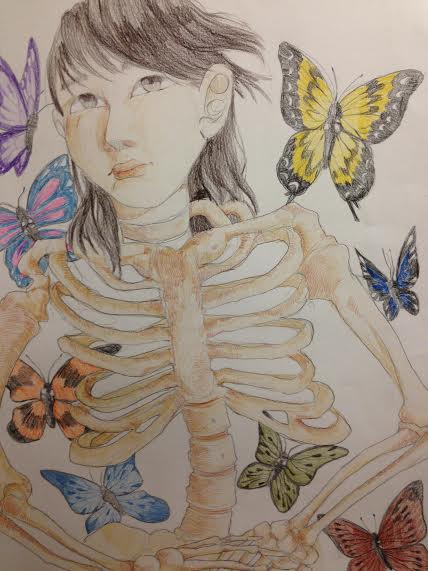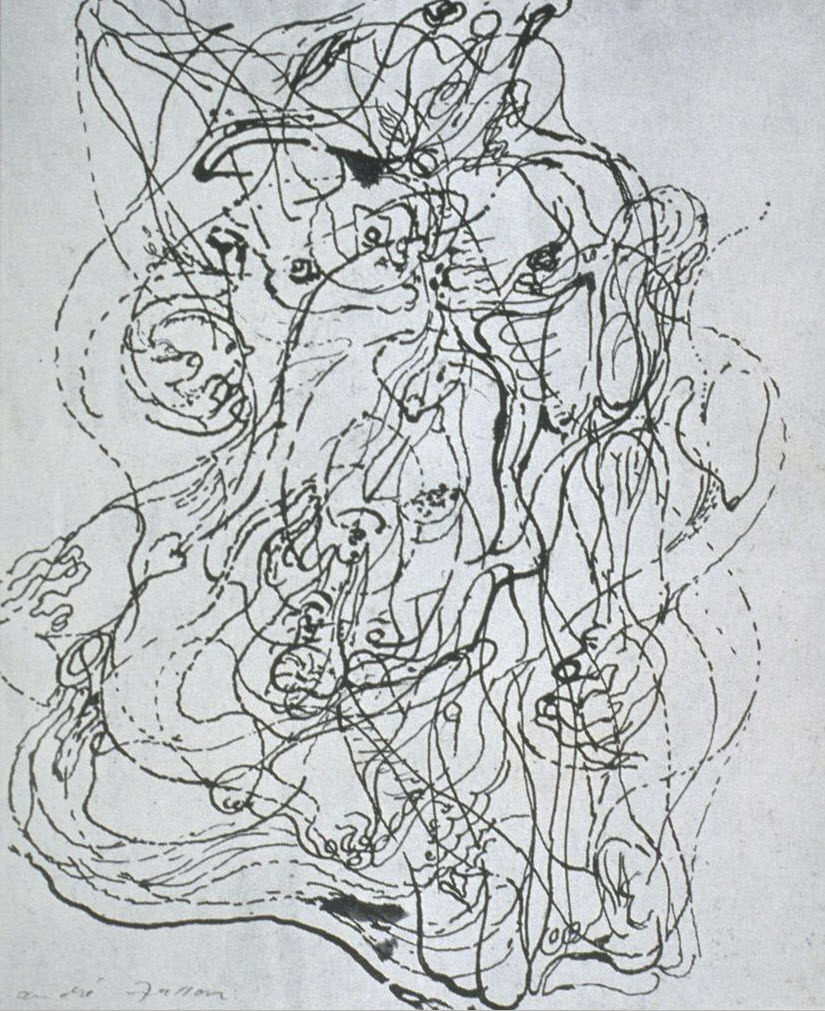Welcome Drawing 1! This is where you will find classroom content information. Stay updated by checking this tab everyday. |
Scroll down to keep updated. |
|
|
Please watch the video to the left and think about what art truly means to you. Then, consider what that might look like. Then, make it. |
Elements of Art and Principles of Design Glossary.
On one or a few pages in your visual journal illustrate and textually define (in your own words) the elements and principles of a visual composition.
See some finished and unfinished examples below. You may organize your glossary how you see fit, whatever works best for you. All on one page, separated on a couple of pages, etc.
Composition: the organization of the elements of art and the principles of design.
Making art isn't all it takes to succeed as an artist. We must also look at art, be critical of it, and study it. The following exercise is one that will require artistic critical thinking and acute observation. Please take your time and deeply consider what you can learn from these masters.
Artist Evaluation Instructions. Read and complete them carefully to receive full points:
1. Choose an artwork from the gallery below. Click on the thumbnail to view the whole image .
2. Describe the artwork completely. Write down everything you see.
Your description should include the following:
+ Elements and principles evident and how they are used.
+ The mood of the image and what makes it that way.
+ A detailed description of the subject matter and its position in the composition.
3. Draw/paint the artwork. You may put two evaluations on a page.
4. REPEAT 5 times. (making that six evaluations total)
1. Choose an artwork from the gallery below. Click on the thumbnail to view the whole image .
2. Describe the artwork completely. Write down everything you see.
Your description should include the following:
+ Elements and principles evident and how they are used.
+ The mood of the image and what makes it that way.
+ A detailed description of the subject matter and its position in the composition.
3. Draw/paint the artwork. You may put two evaluations on a page.
4. REPEAT 5 times. (making that six evaluations total)
Observation and Devices |
Please recreate these value scales using a ball point pen on a page in your visual journal. Next, we will apply these techniques to observation. Your value scales should be reinvented from the example...not copied.
Value Stations! Scroll down to see the four value stations. Please try to complete 1-2 studies during a class period.
1. Crumpled Paper Value Studies. Please show at least 5 values in your drawing (levels of darkness). Crumple a piece of paper and put it on another piece of paper to observe the values.
2. Value Still Life on Charcoal Paper
For this exercise you will be drawing a still life set up, looking for lights and darks. Observe the brights and deepest darks first.
T. Sharp
3. Hand Studies....on dark colored paper.
For this drawing you will a dark colored paper, a white mark making tool (chalk, colored pencil, oil pastel), and varying tints and shades.
Fill the page with at least five hand studies in different school appropriate positions. Look for the brightest parts of your hand first. Work from life, not a picture. Overlap your hands, build a successful space with compositional considerations and activated negative space. Draw your hands life size or larger.
4. CONTOUR Practice |
Contour line drawing is crisp, shows no value only line variation, one continuous line accentuates the edges of what is being drawn. Contour line drawing often feels stiff and uncomfortable...a challenge. For this exercise, draw the tools on the blue paper in a contour style. Then, draw in a searching line. See below.
Searching line drawing is sketchy, has movement, and shows value. Searching line drawing feels natural and is exactly what is it is called-a line that searches for the visual information being drawn.
BLINDED BY MYSELF!
A mixed media drawing assignment about identity.
Please flesh out the Identity Mind Map for yourself. There is an example of a finished map below.
Mrs. Downs-Doubrava's Example Mind Map is below.
Blind contour practice. With a partner or on your own with a mirror draw ten face, neck, and shoulders on the paper provided. Make these drawings life size or larger. Then, do ten drawings of your right hand and ten drawings of your left hand.
Student Blinded by Myself Examples:
Blinded by Myself Requirements:
1. Complete the identity mind map above and choose three characteristics you will expose about yourself in your artwork.
2. 1 face, neck, and shoulders in a blind contour line style. Life size or larger.
3. One to five hands in a blind contour line style. Life size or larger.
4. At least 5 materials/layers
5. At least two artist made papers
6. Strong organization of elements and principles to create a visually stimulating image that includes the following principles of design:
Emphasis
Contrast
Diagonals
7. 2 adhering tactics-sewing, stapling, glueing, etc.
8. 2 transparencies or tracing paper
9. text, poem, prose, quote, word
Blinded by Myself Reflection: please answer on the back of your artwork with pencil.
1. Describe your relationship with blind contour line drawing....semi blind contour line drawing?
2. How did you like/not like drawing with mixed media?
3. Are the characteristics you wished to portray alive in the self-portrait?
1. Describe your relationship with blind contour line drawing....semi blind contour line drawing?
2. How did you like/not like drawing with mixed media?
3. Are the characteristics you wished to portray alive in the self-portrait?
|
|
Gesture Drawing. Review the presentation to the left. Then, practice until you capture one example of each technique.
|
|
|
|
ABSTRACTION.
distorting reality
|
|
|
Cubism Reflection-please answer the following questions in your journal.
What is Cubism? Why and when did it begin? What were its influences?
What are some buzz words associated with Cubism?
How was it to draw from different perspectives on the same plane?
What mediums did you work with? Why?
Merging Abstraction:
Gestural Abstraction, Geometric Abstraction, Color Field
Use the arrows in the upper right corner of the presentation to navigate the slides.
Take notes about the three art movements. Then, start the process steps found below. Keep scrolling to see example art and process.
Merging Abstraction Student Examples
Merging Abstractions Process Steps
1. Brainstorm: make a list of five concepts that you could portray in an artwork.
2. Choose two ideas from your list to use at the center of two different concept maps. Work three layers/tiers out from the center.
3. Using two to three words from the farthest outside tiers of your concepts maps, create two different thumbnail sketches that represent your ideas. Utilize at least two abstractions introduced previously in your drawing.
Concept Map Example (you will have two):
Merging Abstraction Process Examples Below:
Concept Maps |
Thumbnails |
Triple Merge Abstraction Reflection:
1. What words from your brainstorm did you choose to use in your final artwork?
2. What materials did you work with to express those things and why?
3. Describe your composition by evaluation of the elements and principles.
4. Describe gestural abstraction, geometric abstraction, and color field abstraction.
Surrealism
Originated in Paris, France, 1920s
Emerged in music, literature, visual, and other performing arts
Observation meet Abstraction
Reality meets Fantasy/Irrationality
Real meets Unreal
Consciousness meets the Unconscious
Juxtapositions
Dream like qualities
Blurring boundaries
Fragmentation
Illogical
Context + Contrast
Emerged in music, literature, visual, and other performing arts
Observation meet Abstraction
Reality meets Fantasy/Irrationality
Real meets Unreal
Consciousness meets the Unconscious
Juxtapositions
Dream like qualities
Blurring boundaries
Fragmentation
Illogical
Context + Contrast
Get Surreal.
Exquisite Corpse is a Surrealist game!
find a group (3-4).
separate the body into sections among yourselves.
create in isolation.
put figure together.
Below are some examples of Exquisite Corpse
Final Surrealist Artwork.
Your artwork needs to visually define one or more of the following: illogical juxtaposition, blurring boundaries, fragmentation, real meets unreal.
Automatism
Automatism is the automatic, spontaneous flow of information be it visual, written, sung, and/or played. The project entails depicting an energy.
Automatism: music response
One song (lightweight, calming, soothing).
One song (heavyweight, bouncing, energy).
Refine them both to finished intuitive compositions.
Pocket Book Portfolio Contents
These concepts should be in the order of the Artistic Continuum (the order listed below)
Cover should include the following information: Name, Drawing 1, Fall 2023, a design.
There should be both a written and visual example for each artistic concept.
These concepts should be in the order of the Artistic Continuum (the order listed below)
Cover should include the following information: Name, Drawing 1, Fall 2023, a design.
- Artistic Continuum
- Composition
- Color Theory
- Observation-why artists observe
- Contour and Searching Line
- Blind Contour
- Gesture
- Surrealism
- Abstraction-why artists abstract
- Cubism
- Color Field
- Gestural Abstraction
- Geometric Abstraction
- Automatism.
There should be both a written and visual example for each artistic concept.
